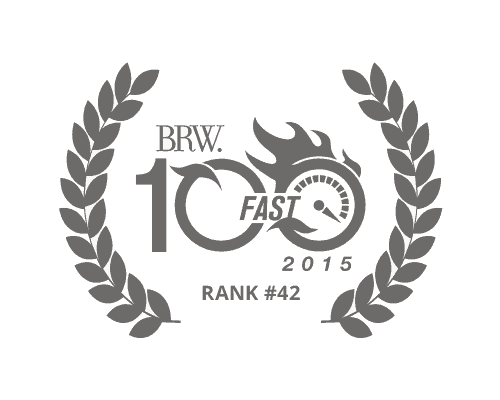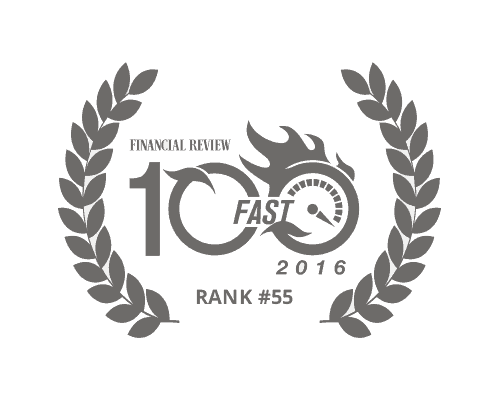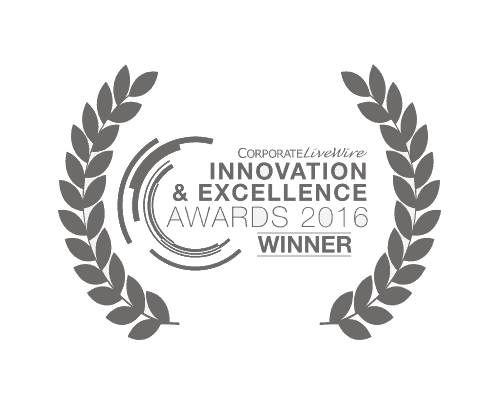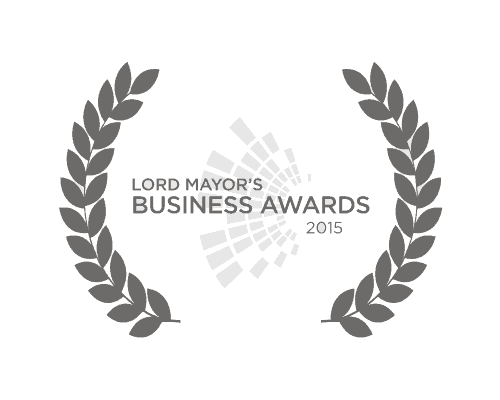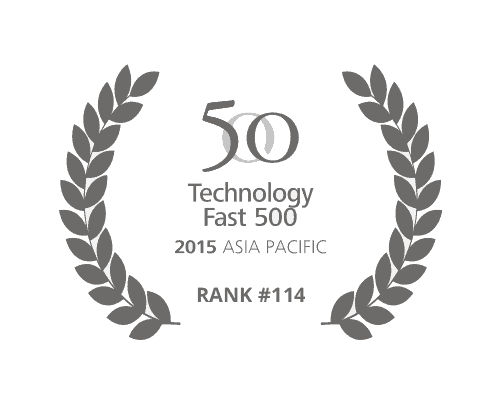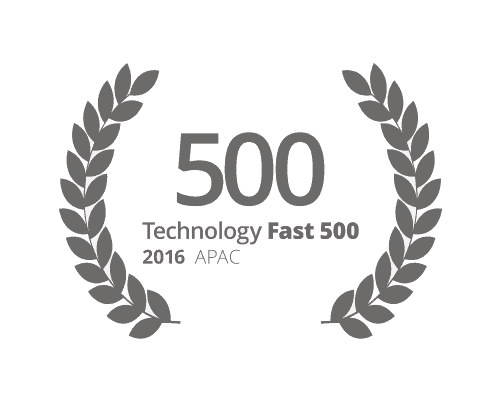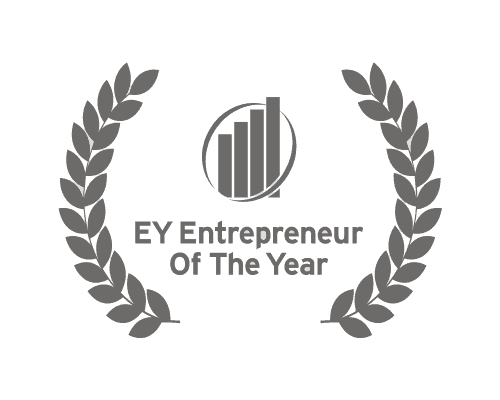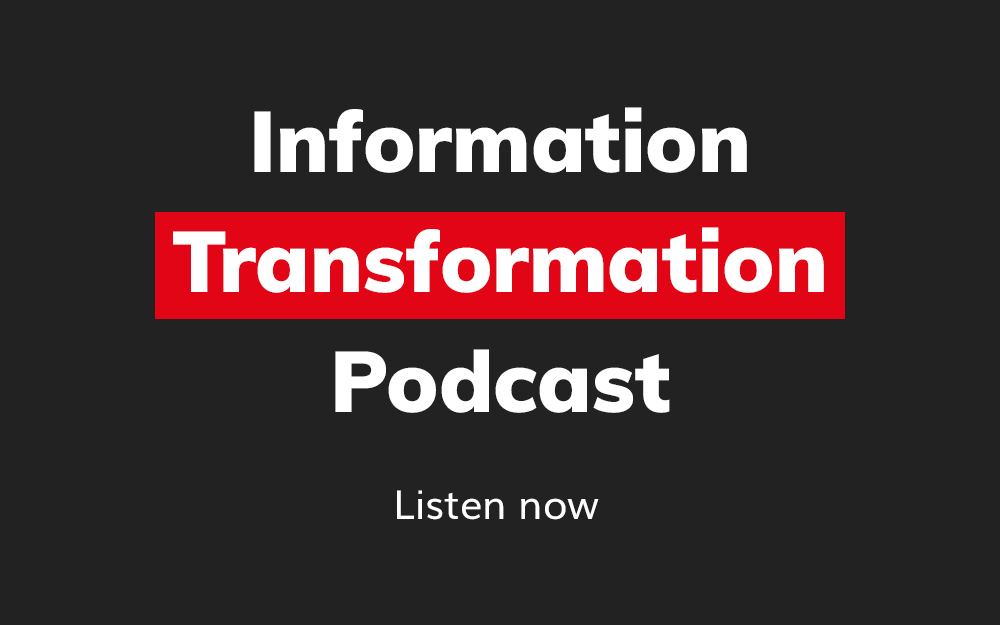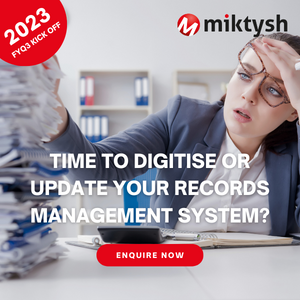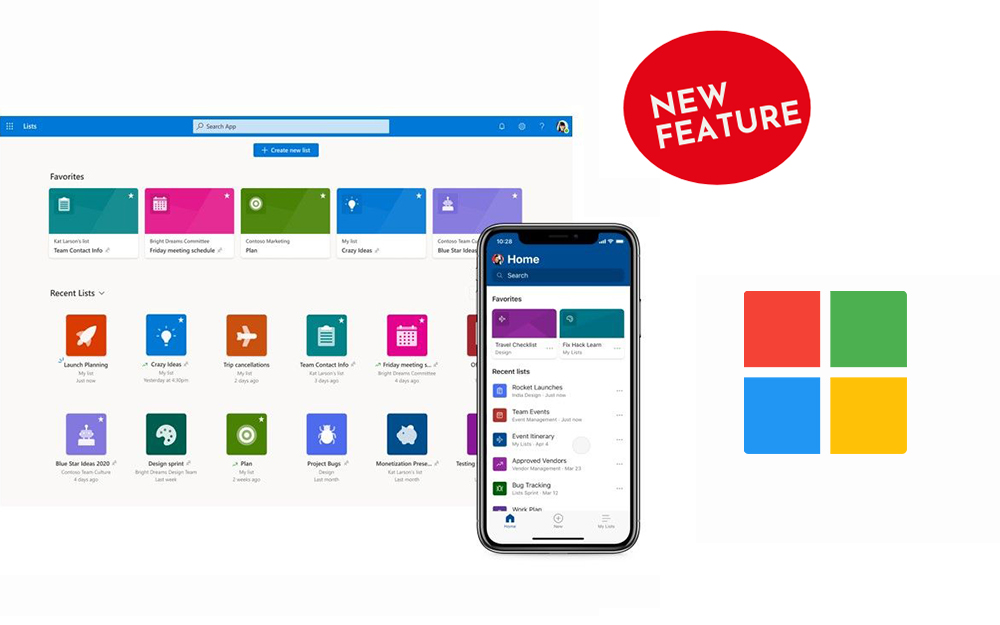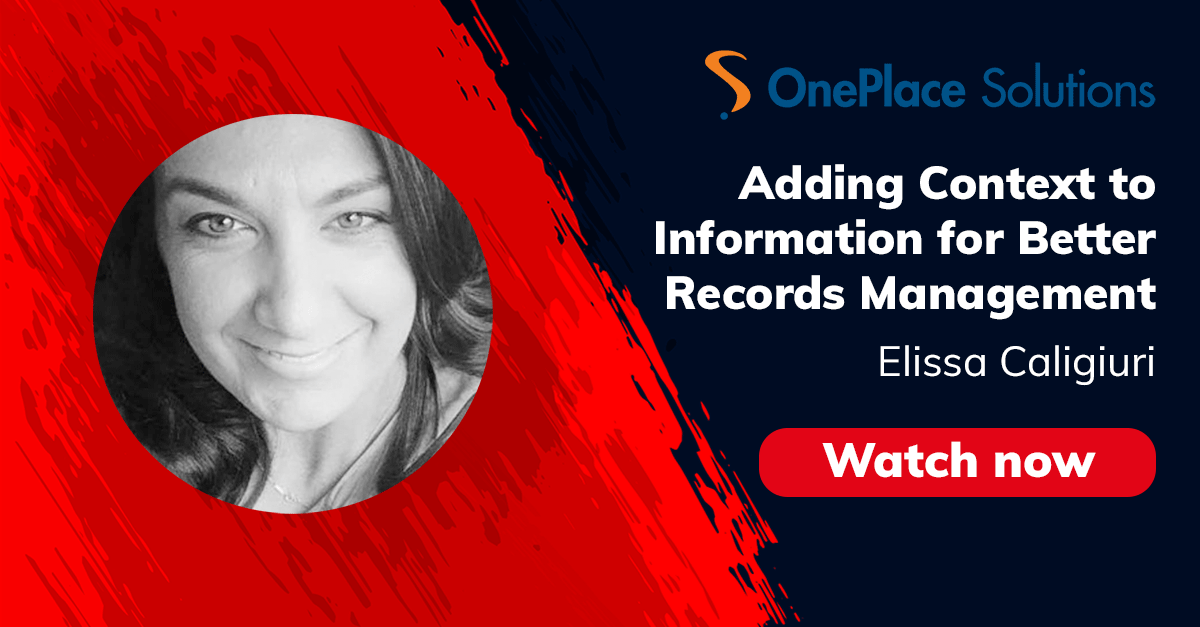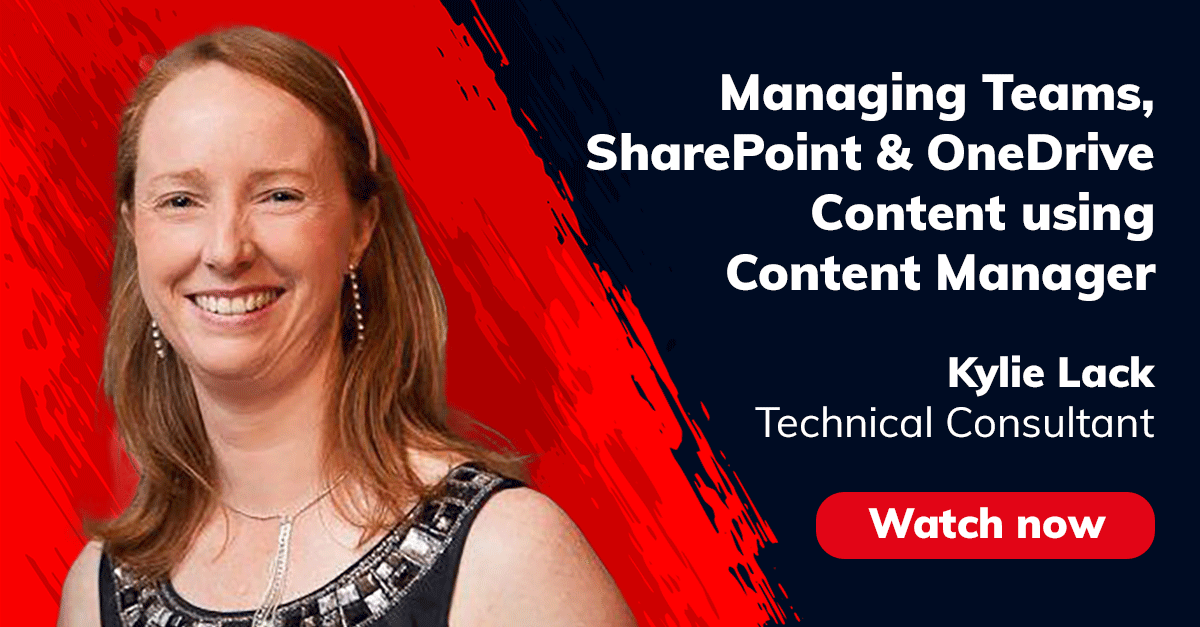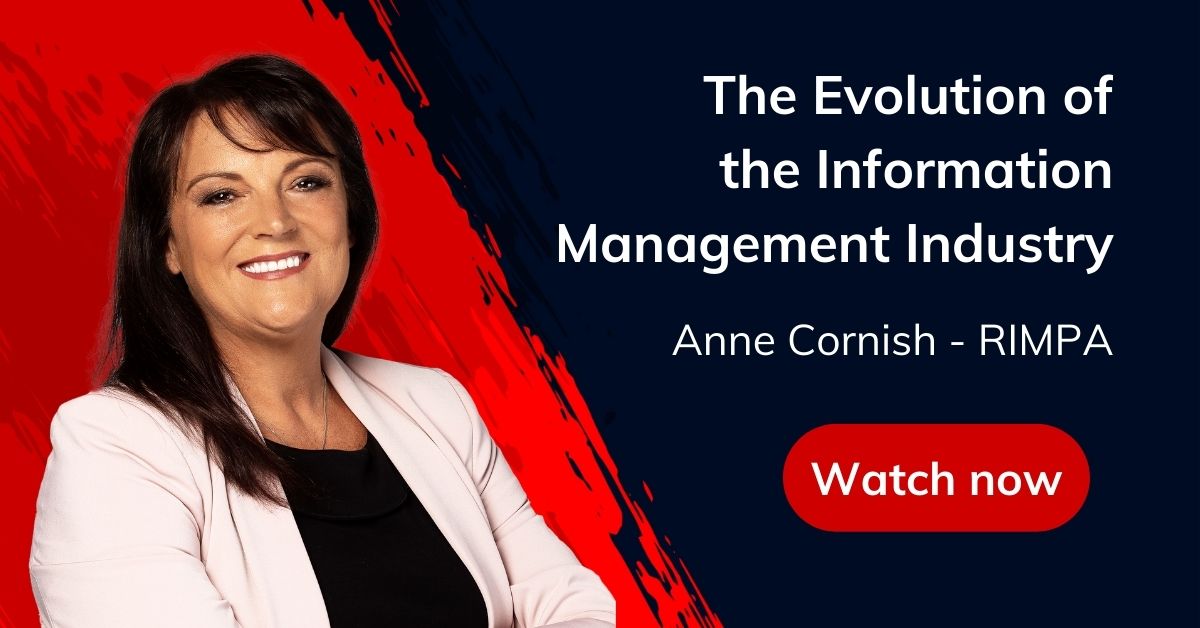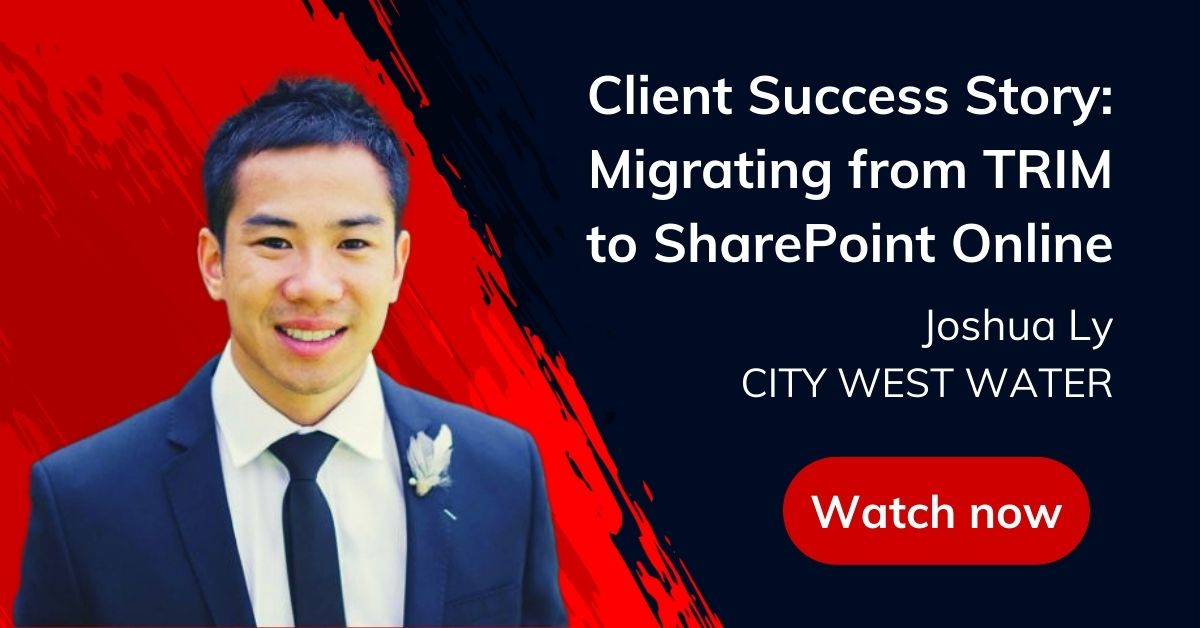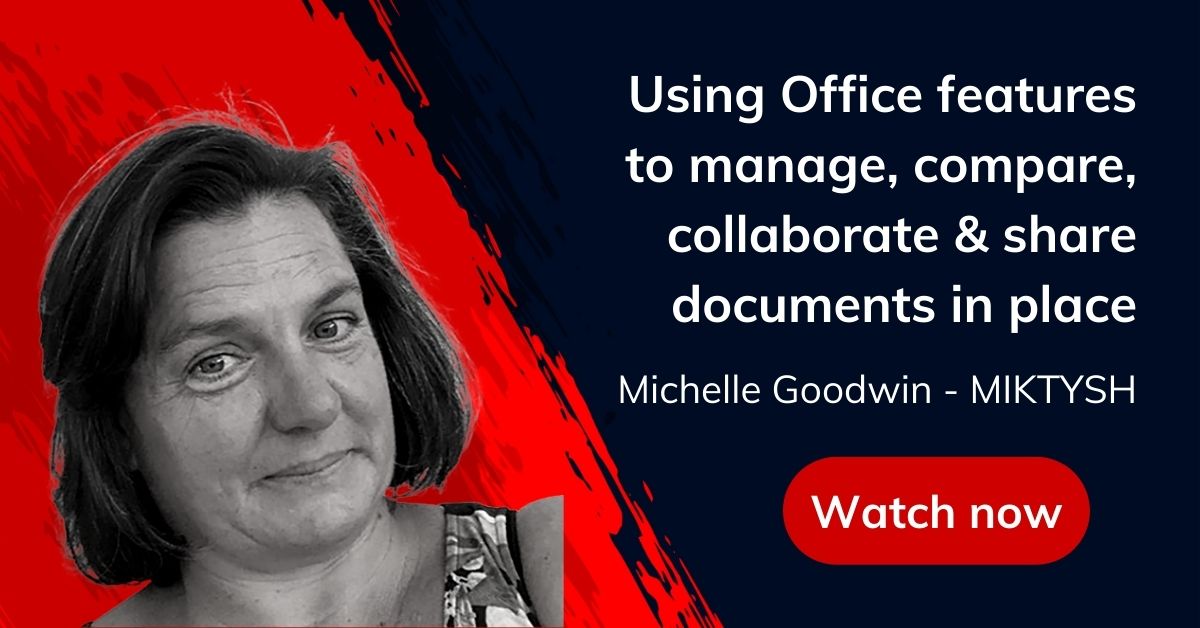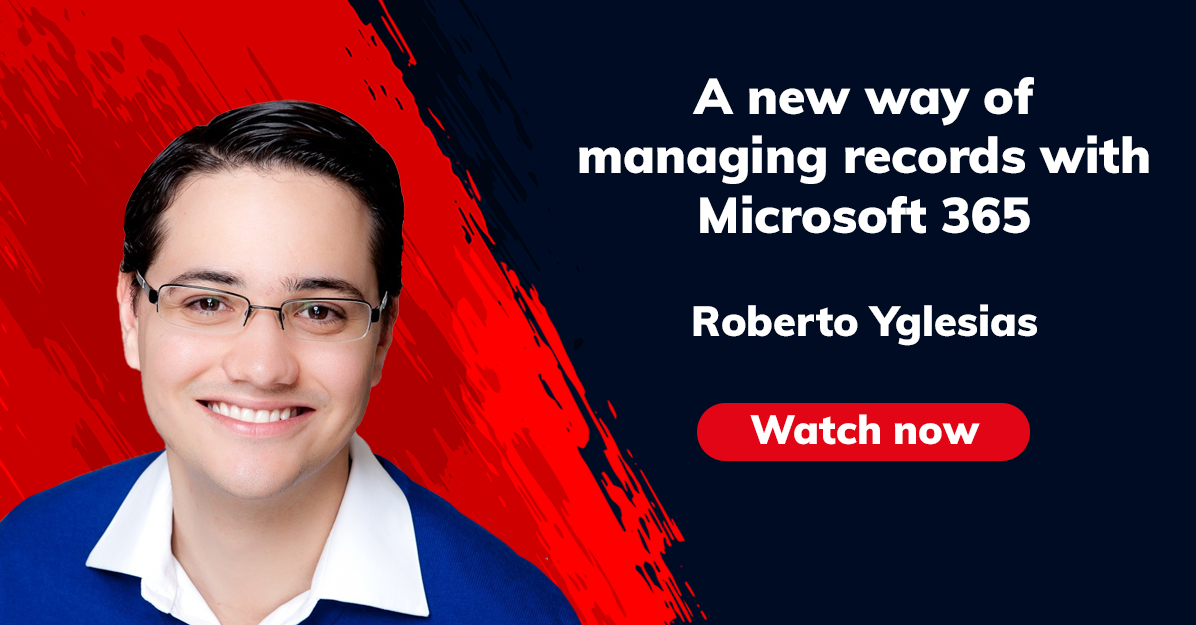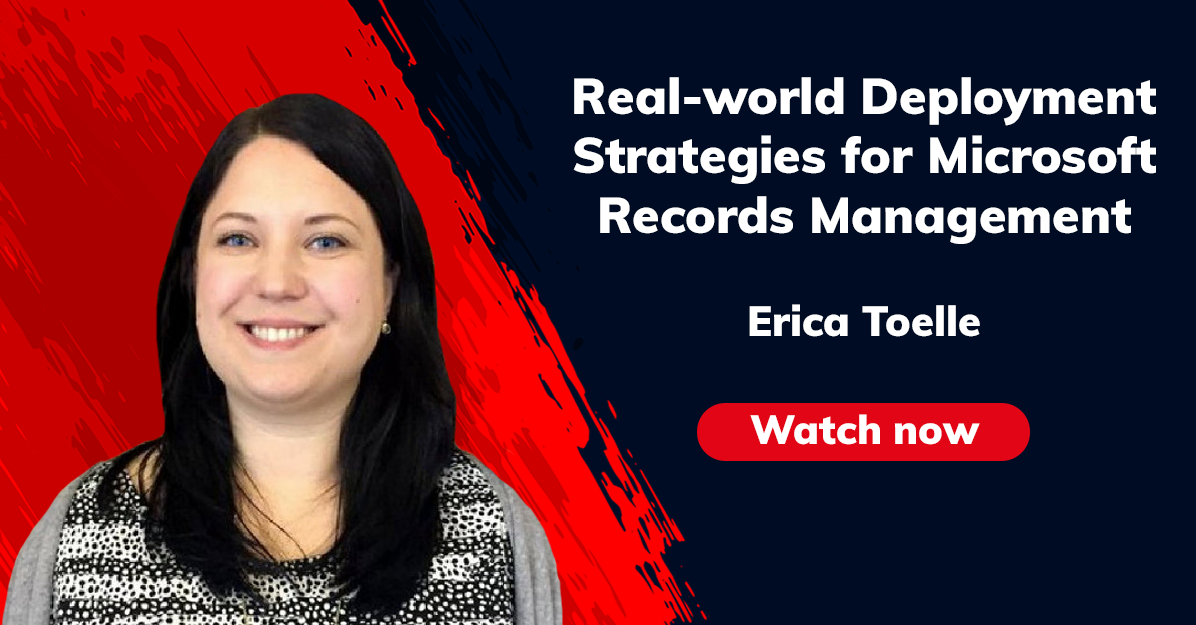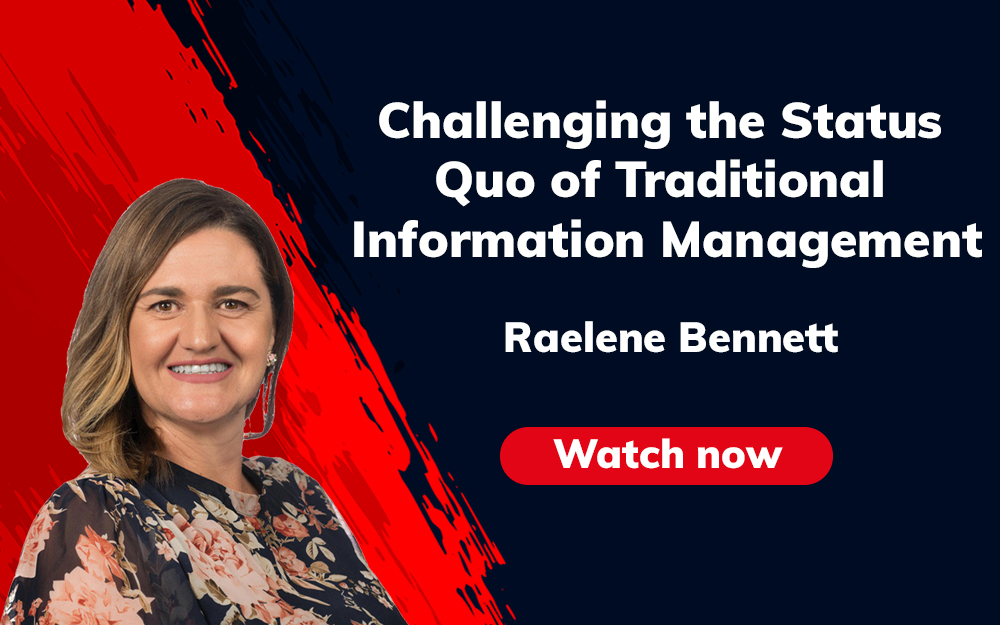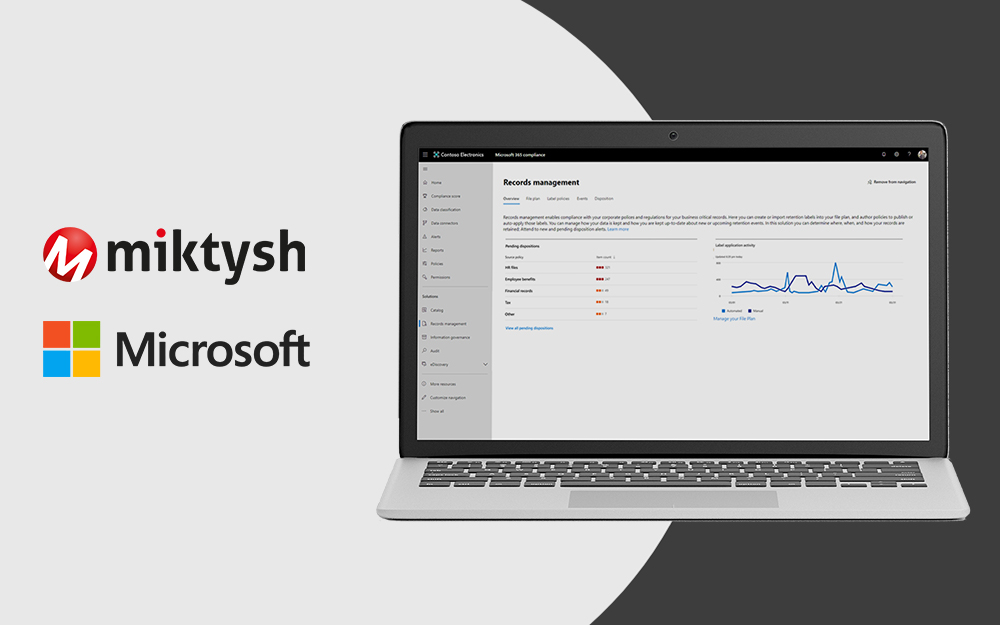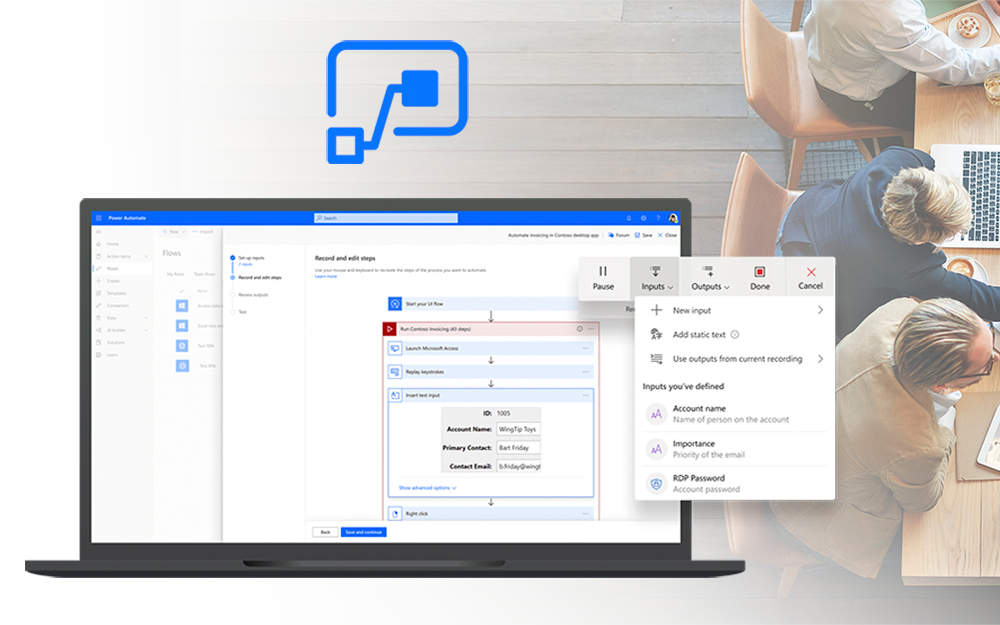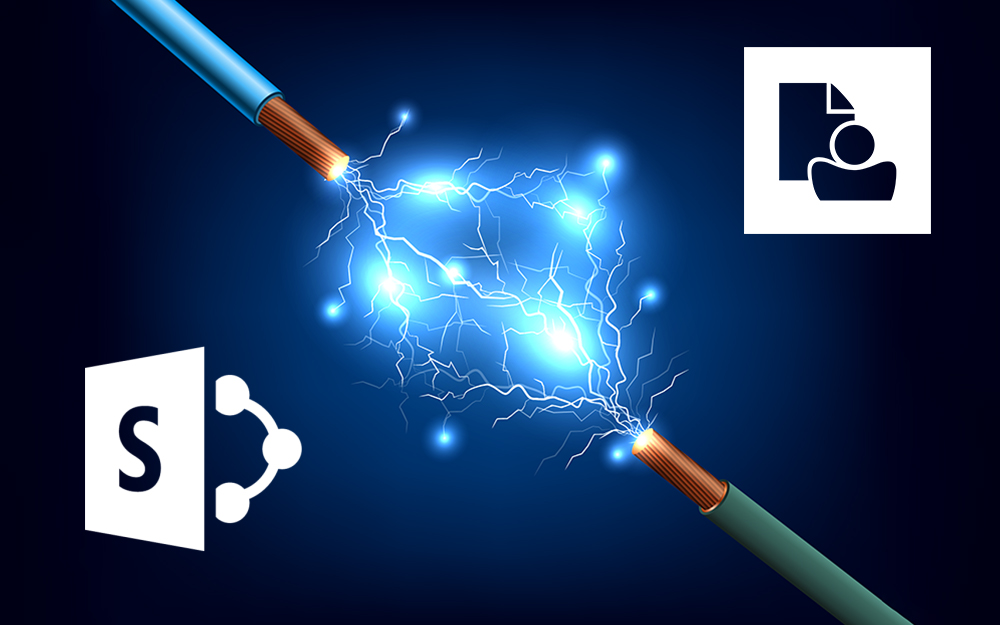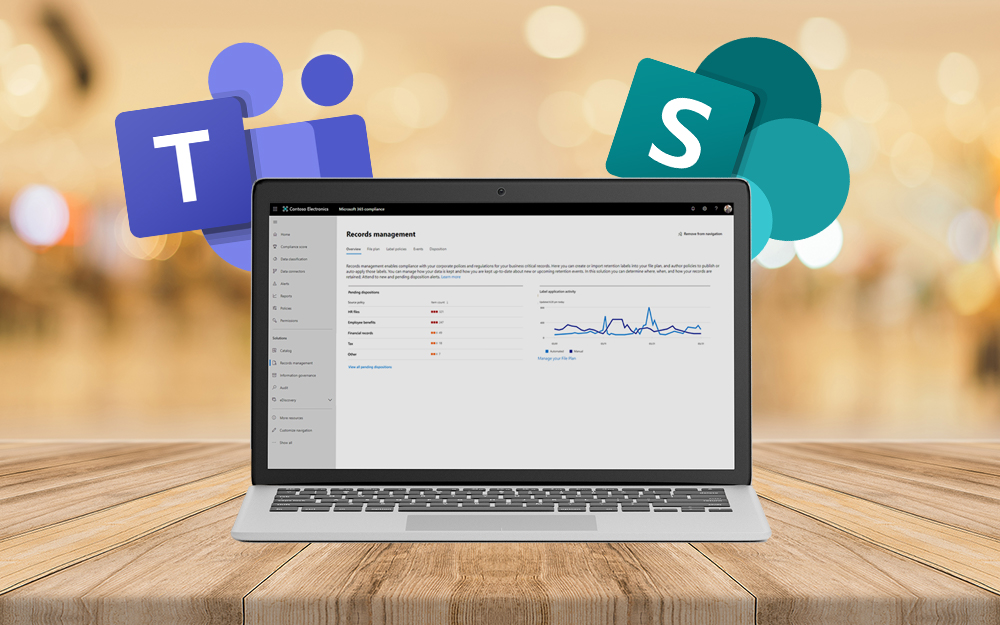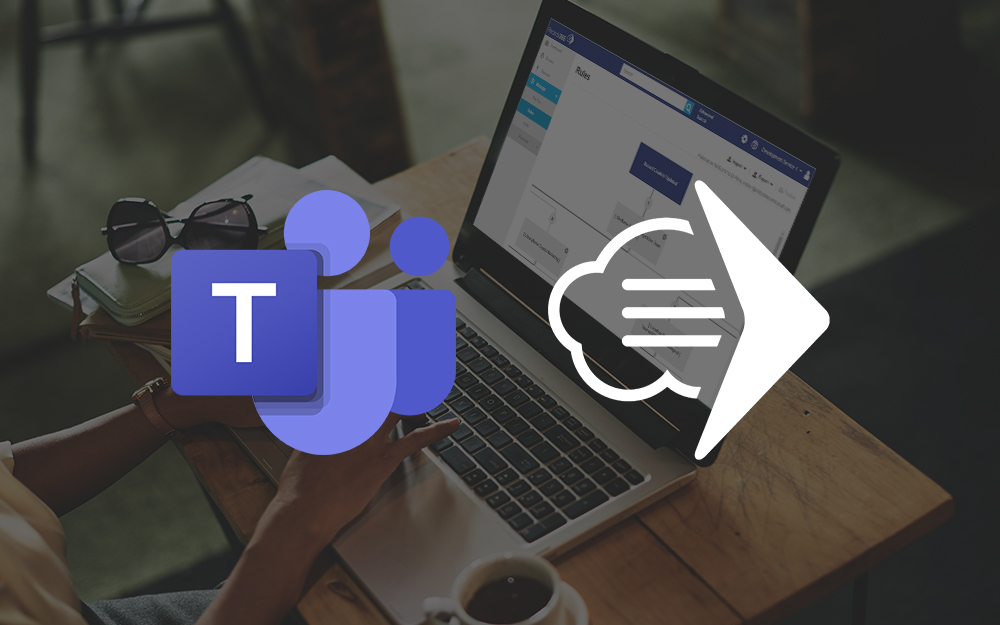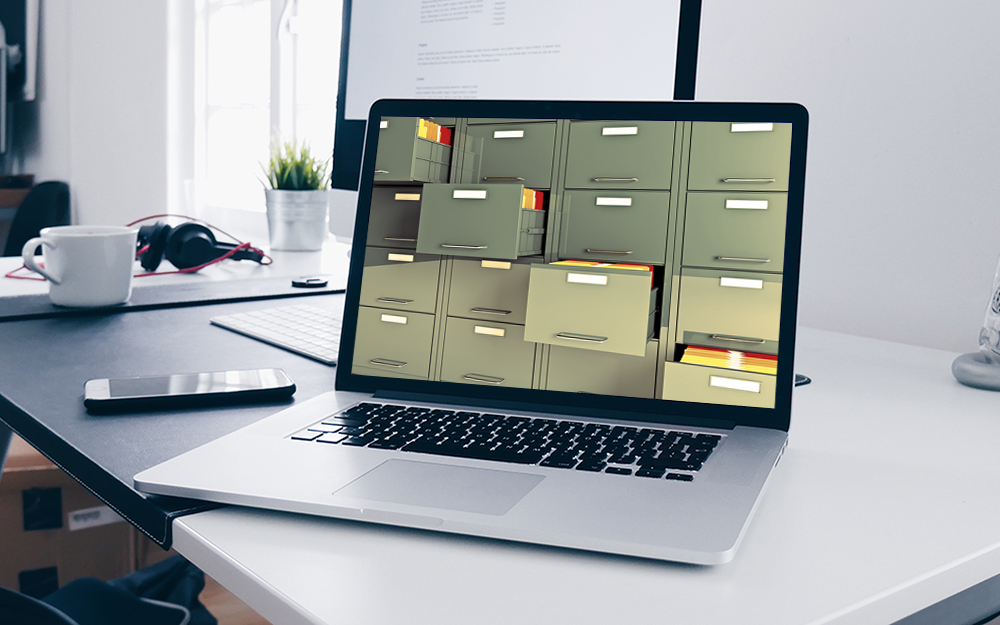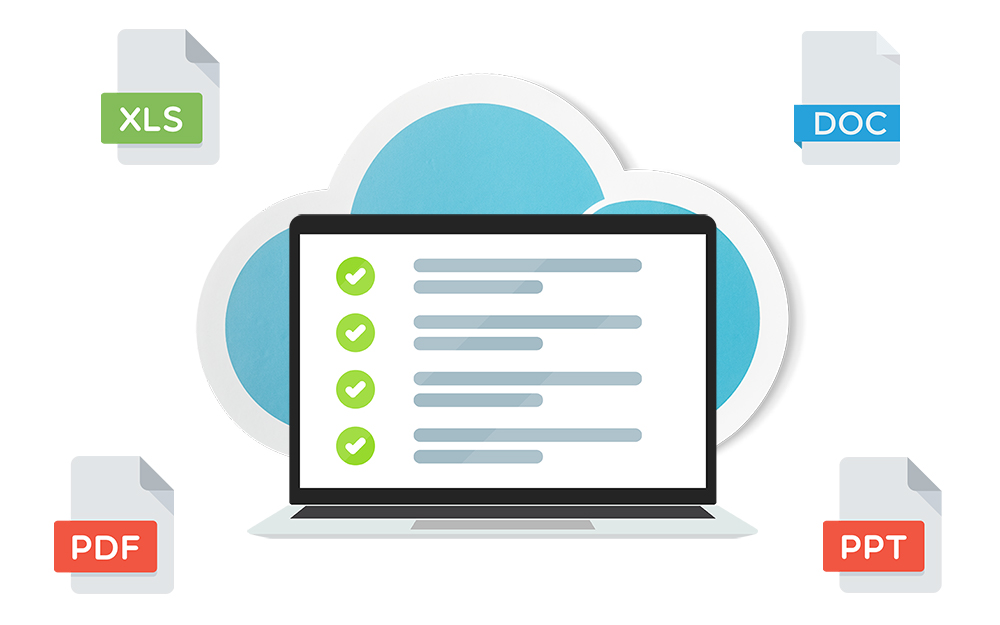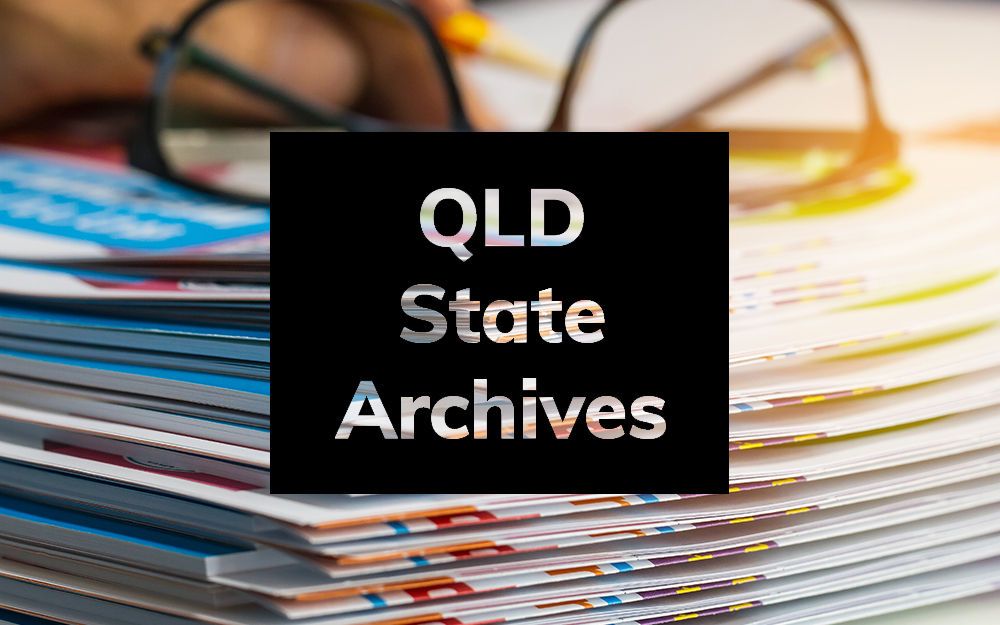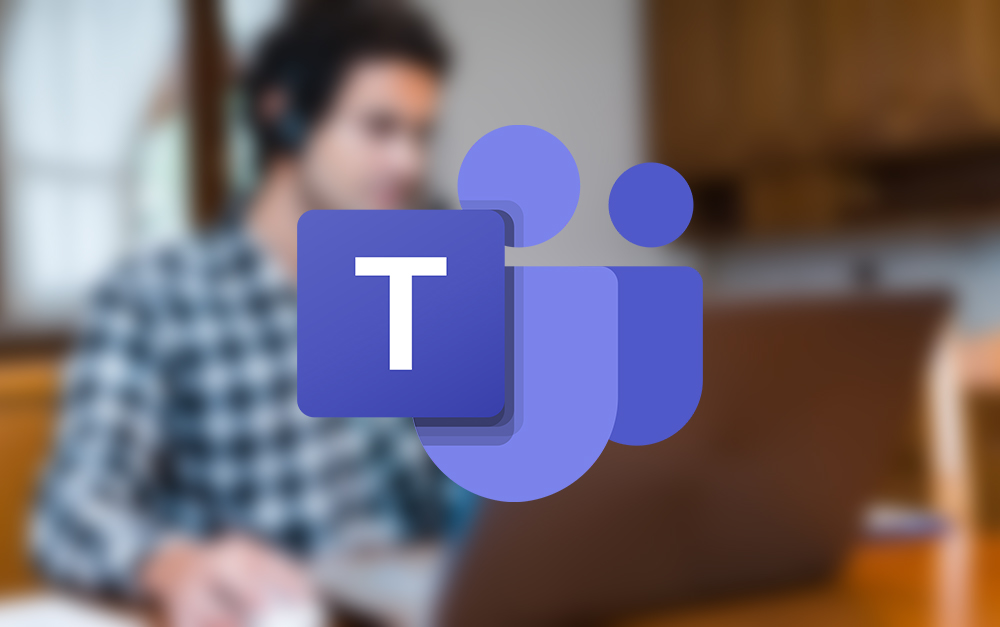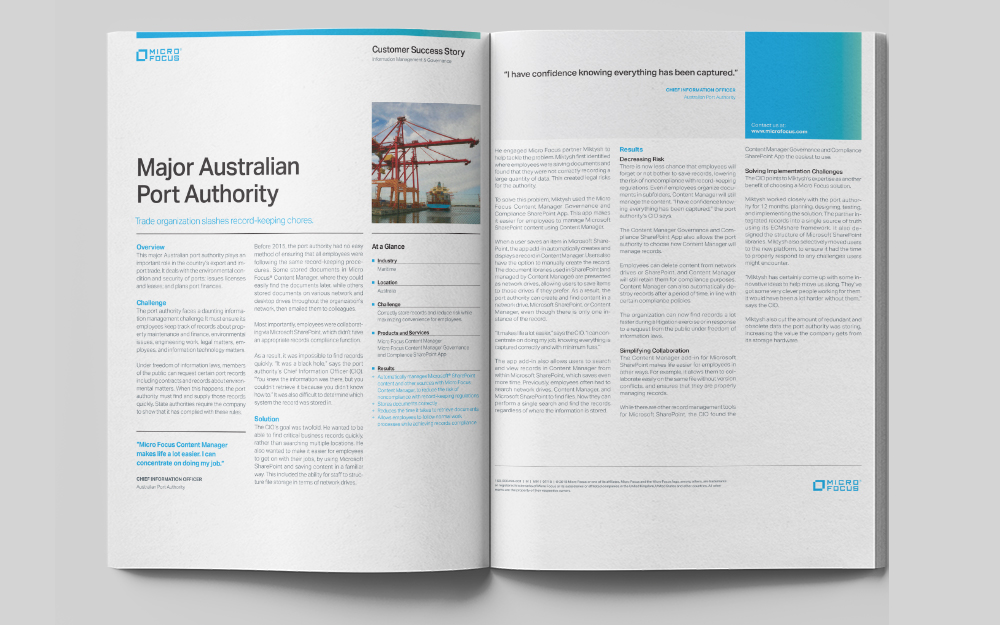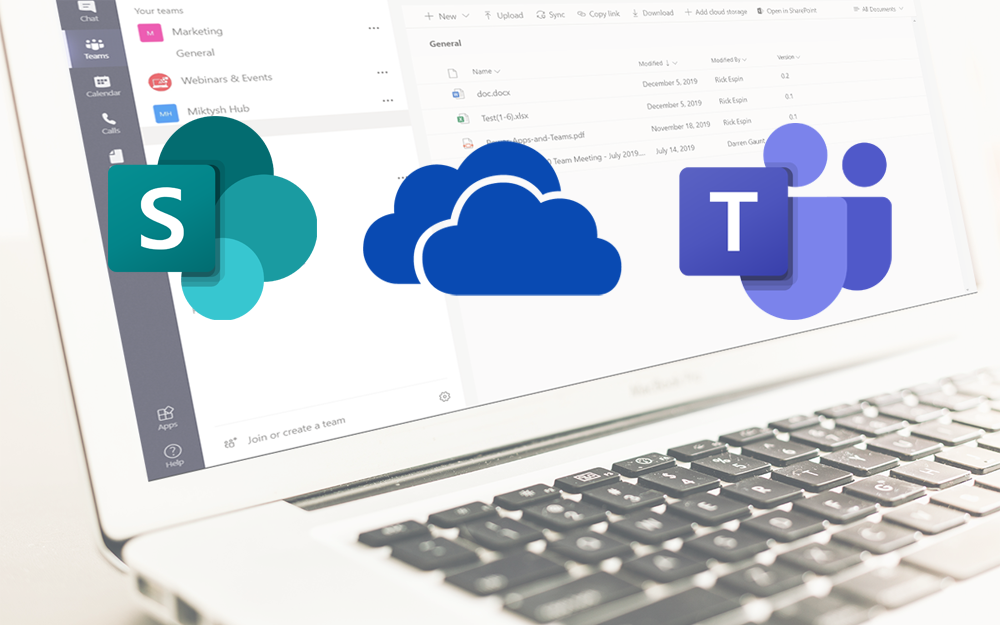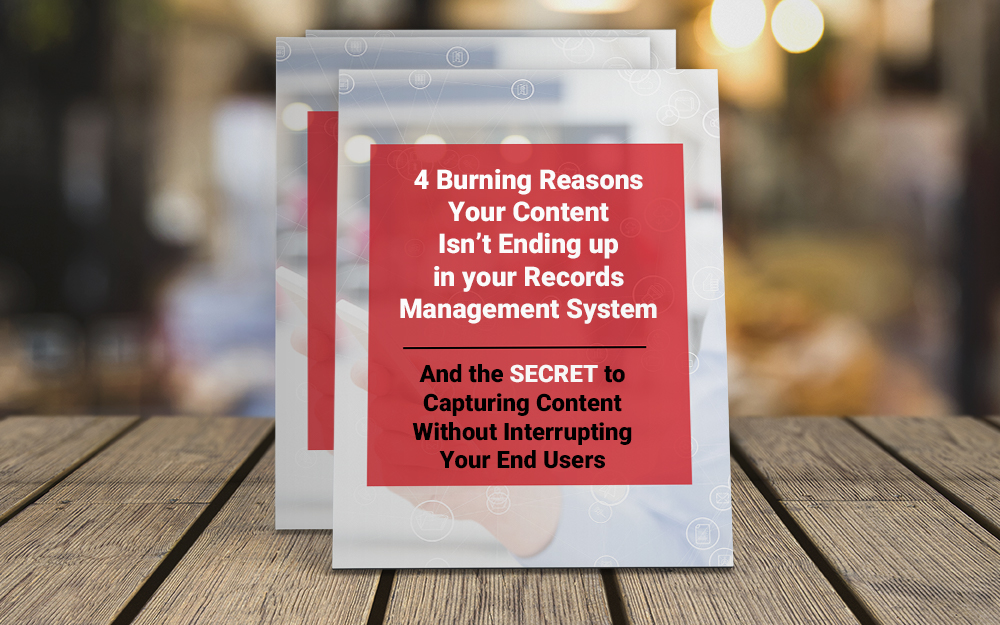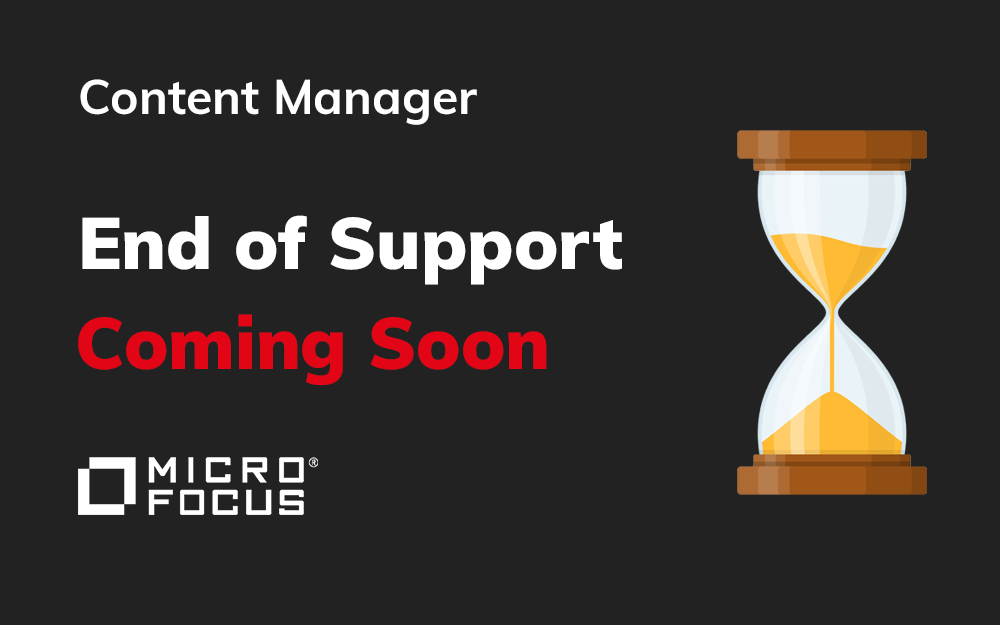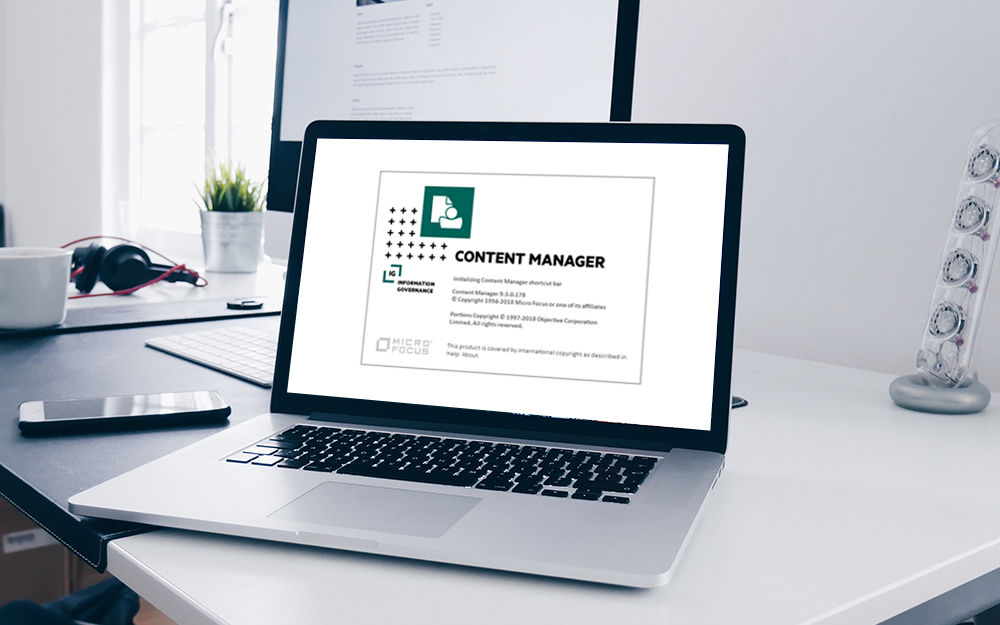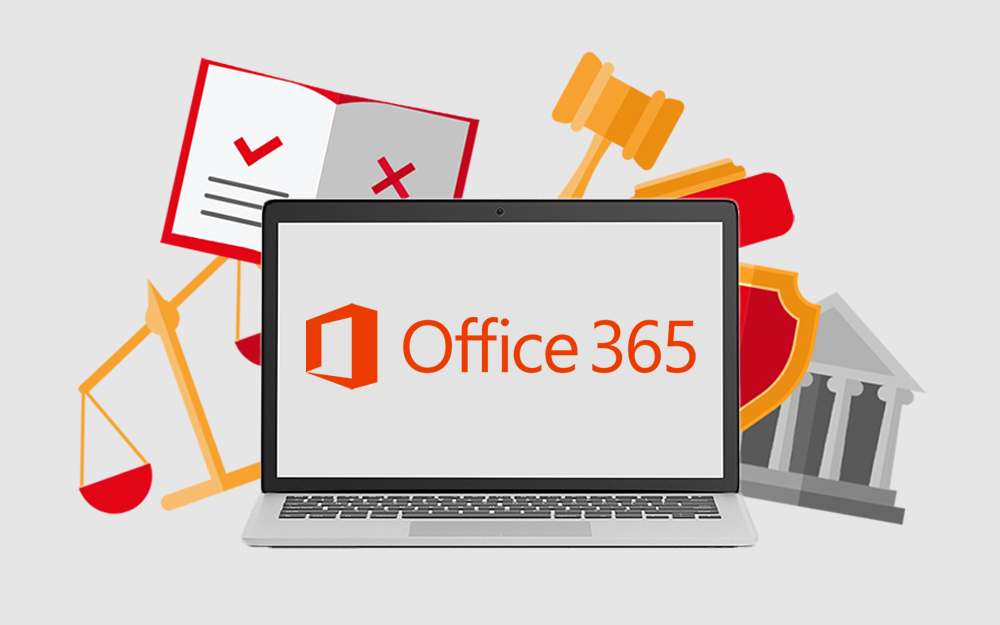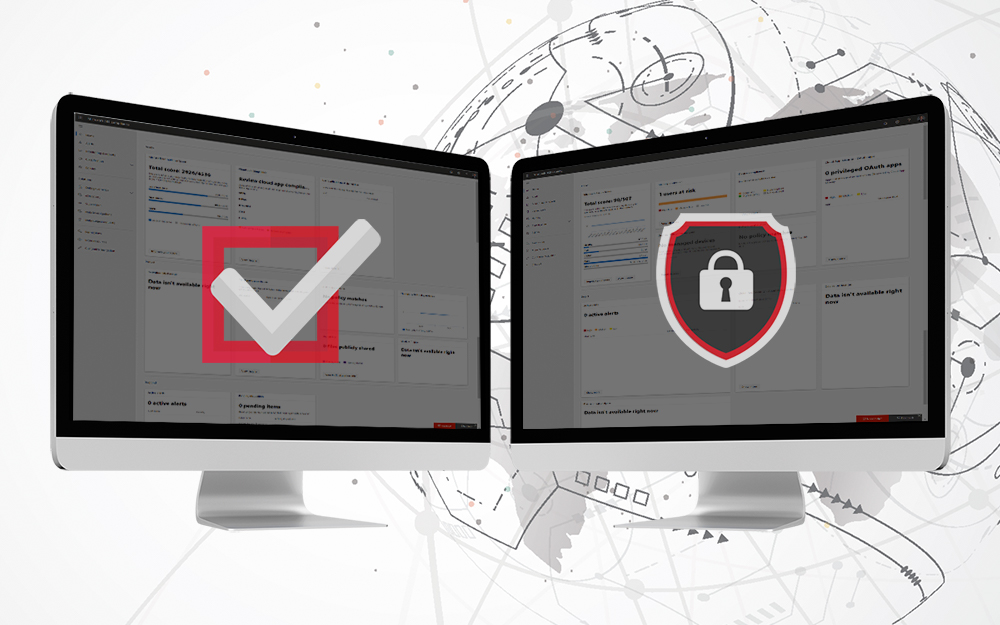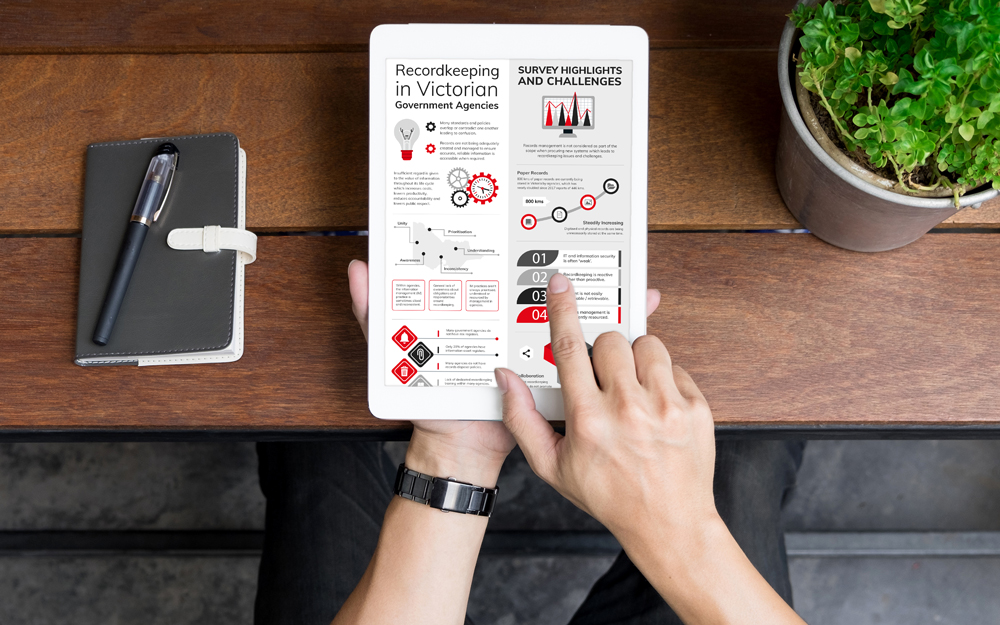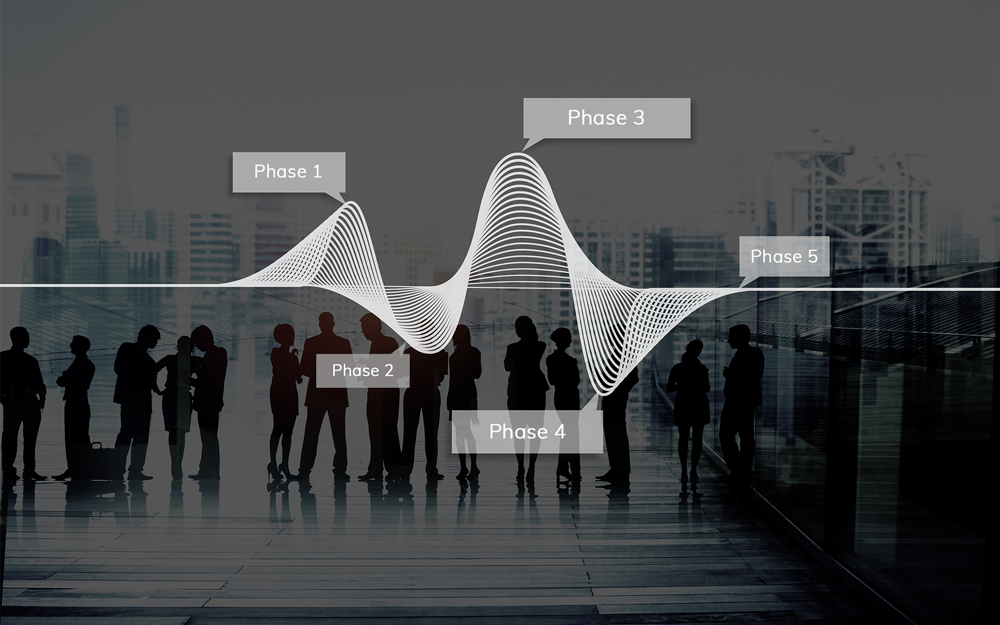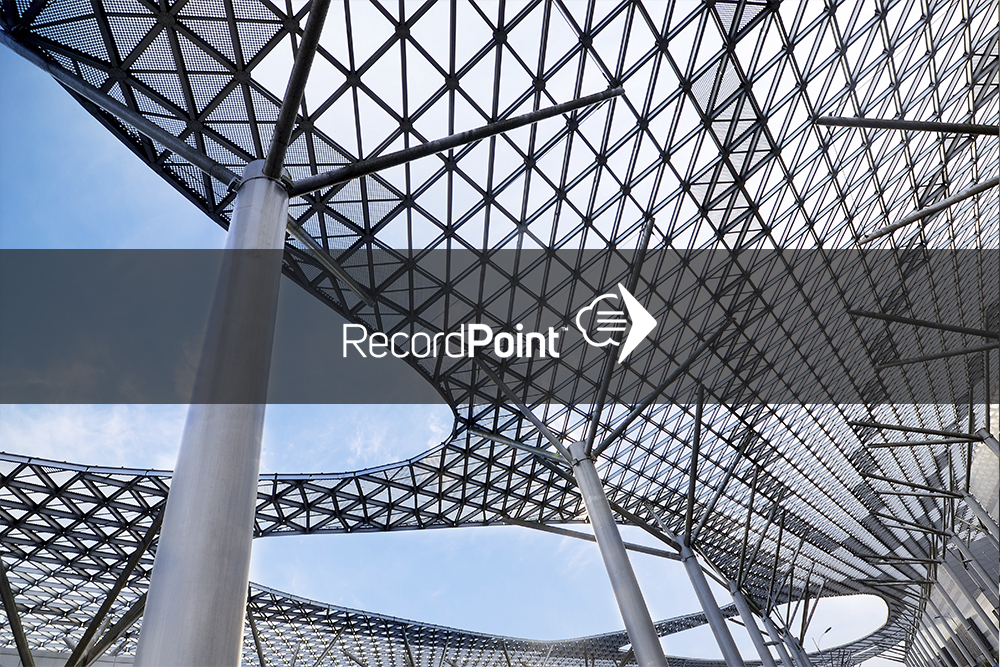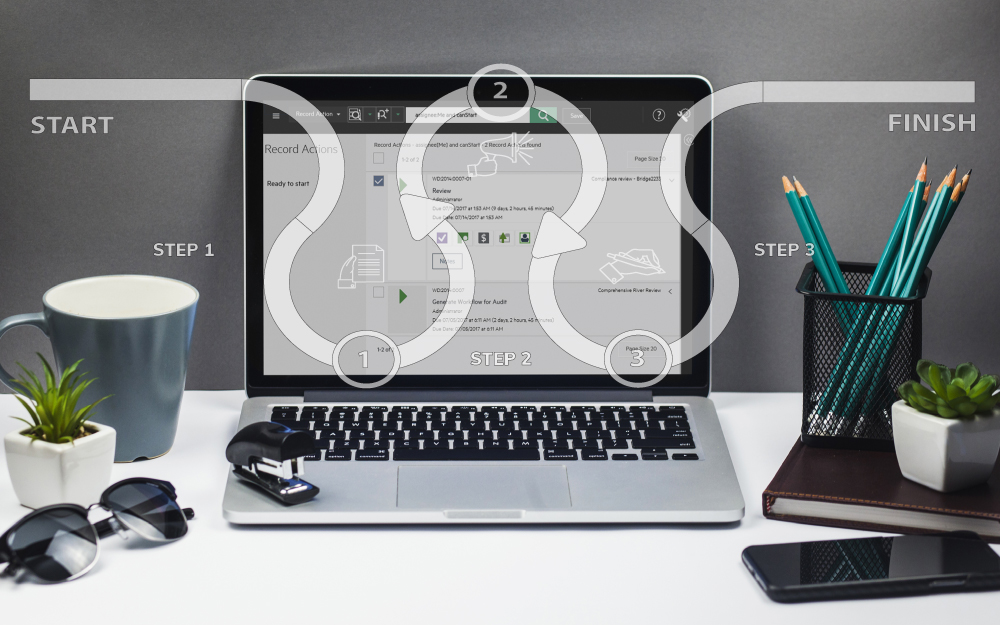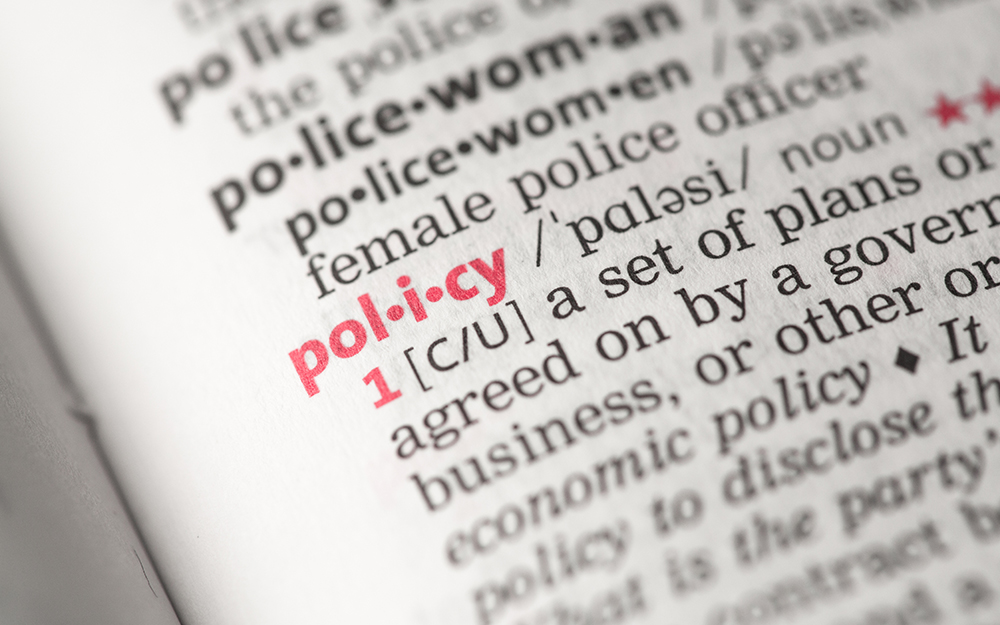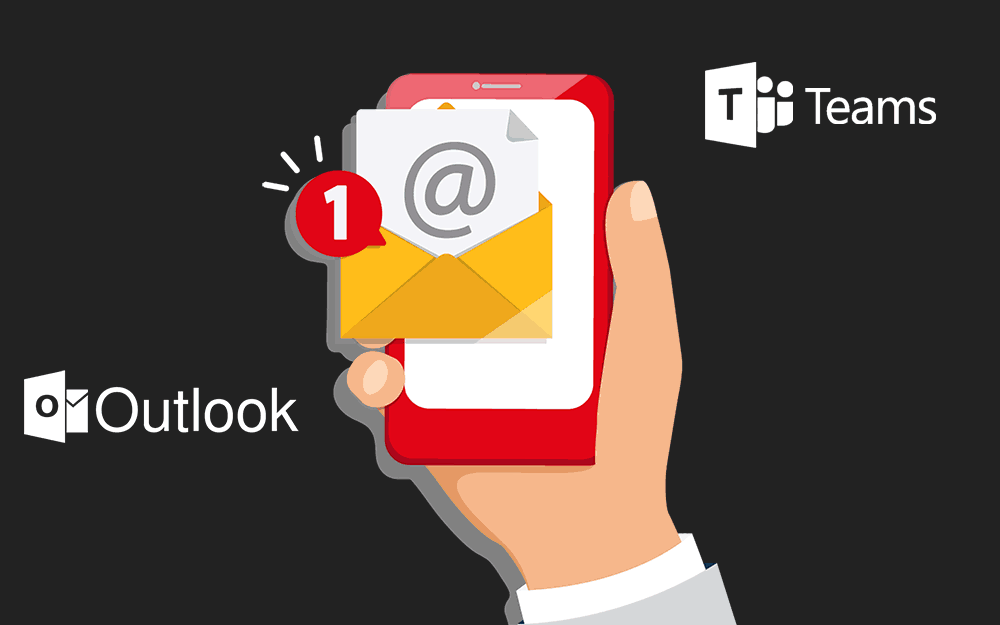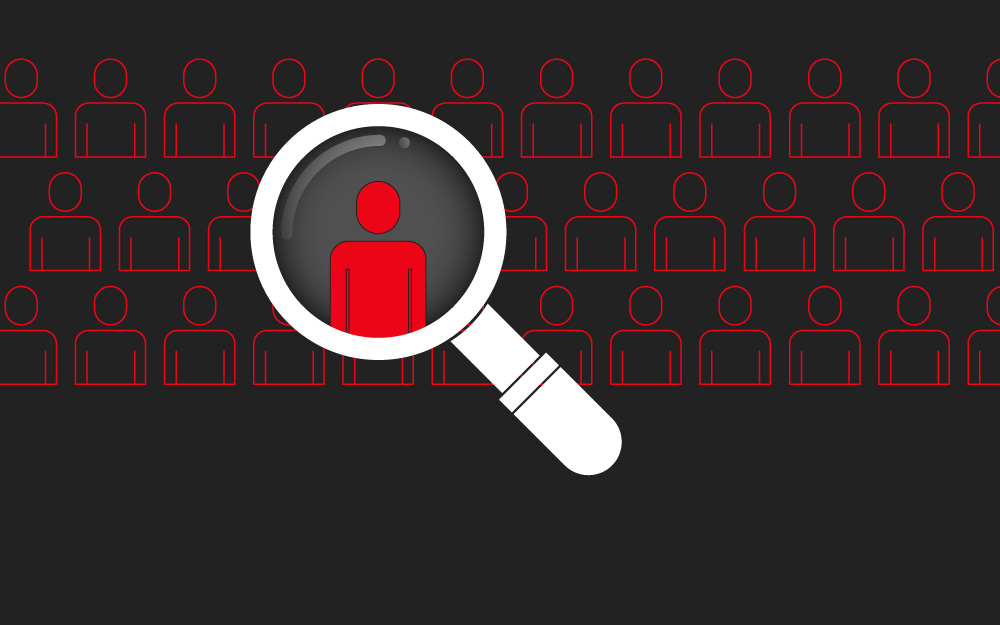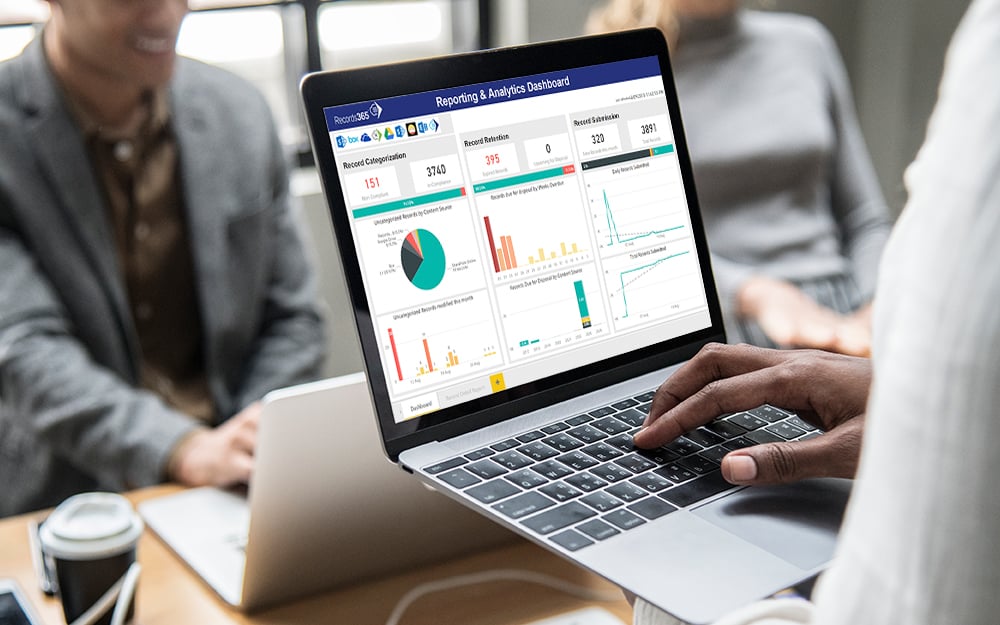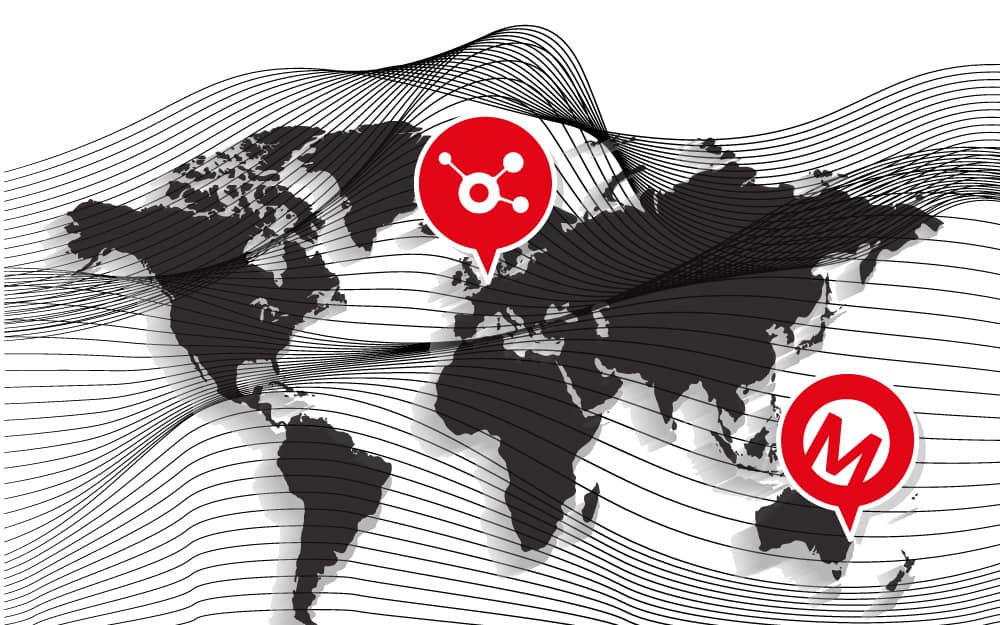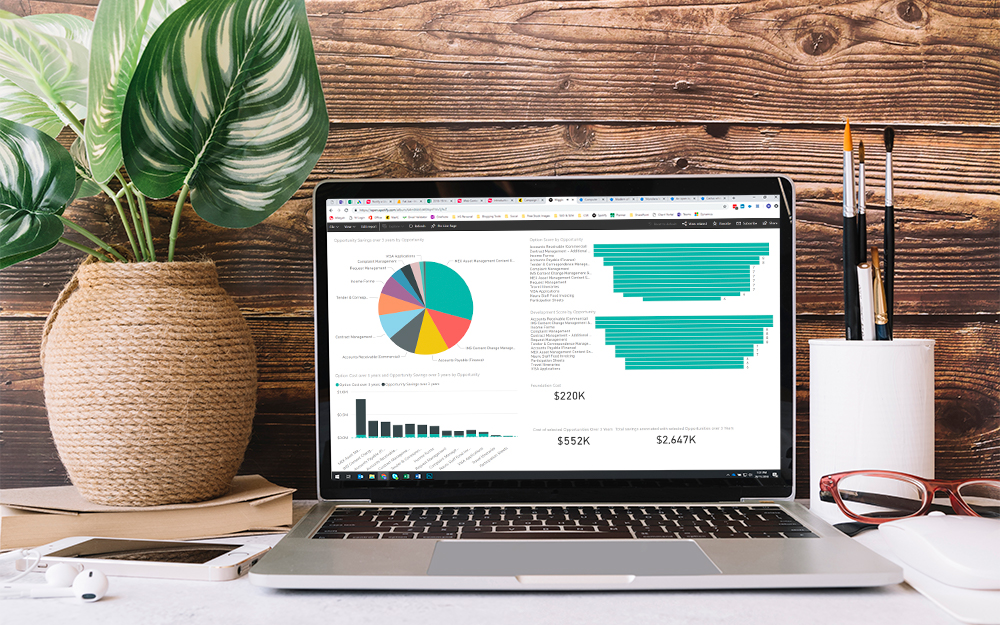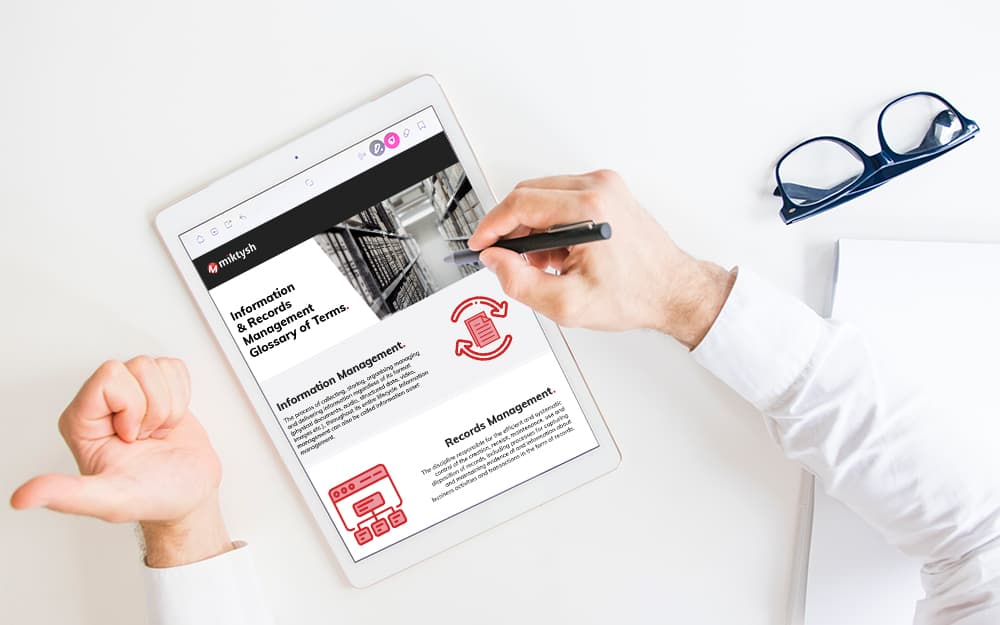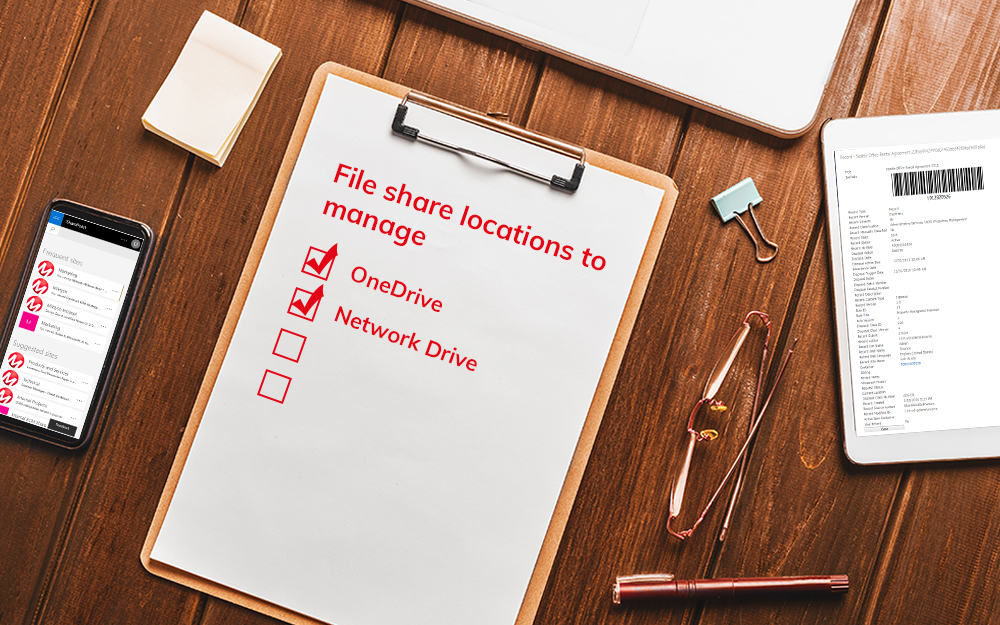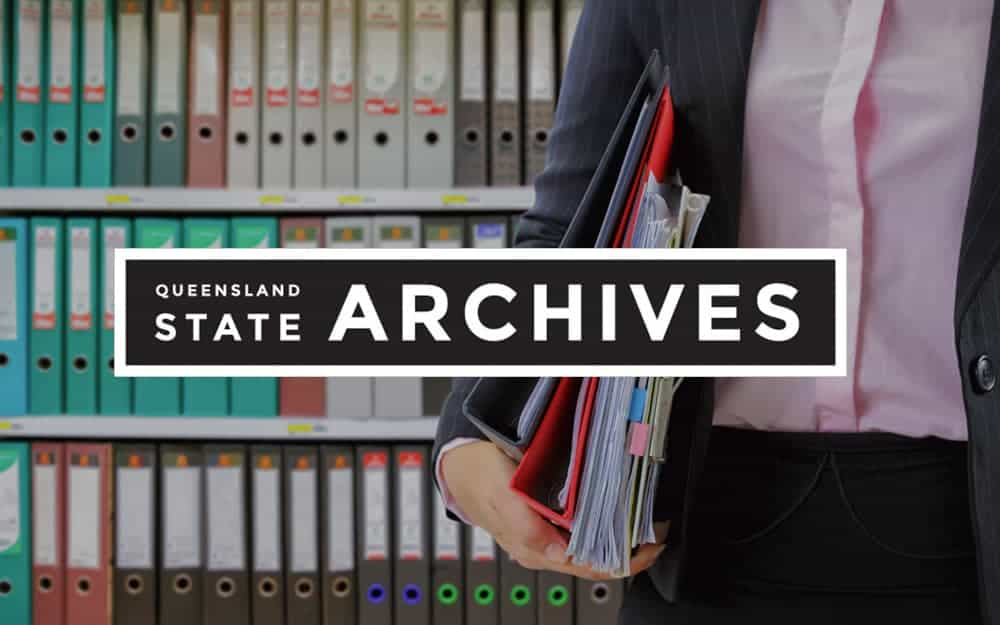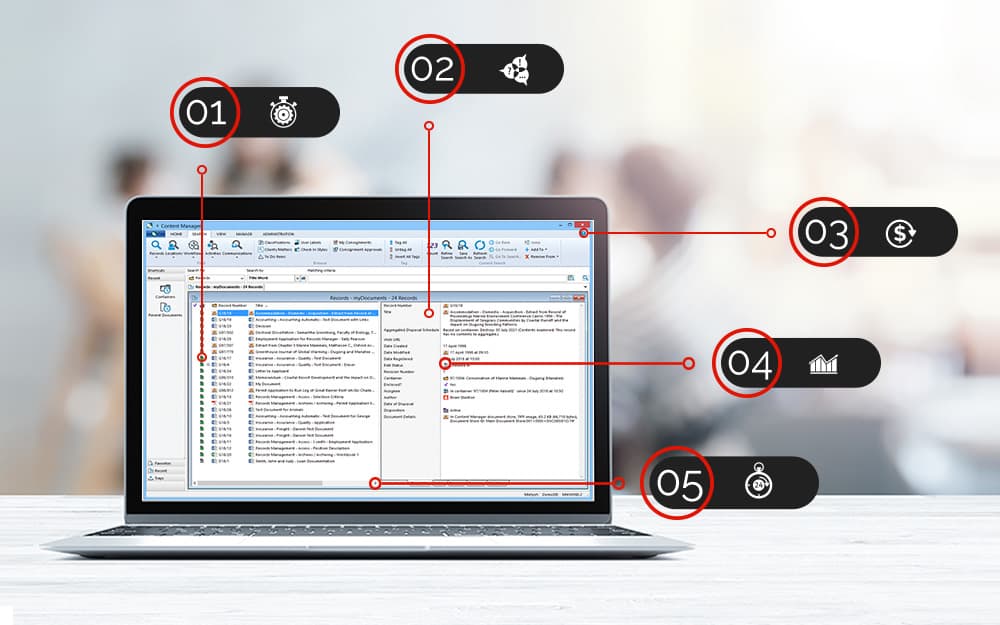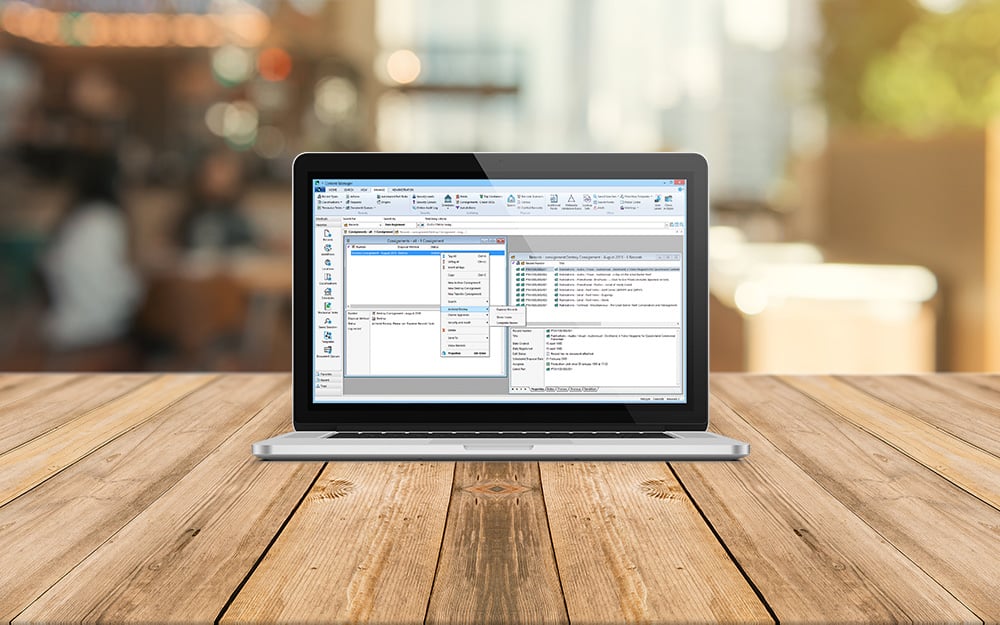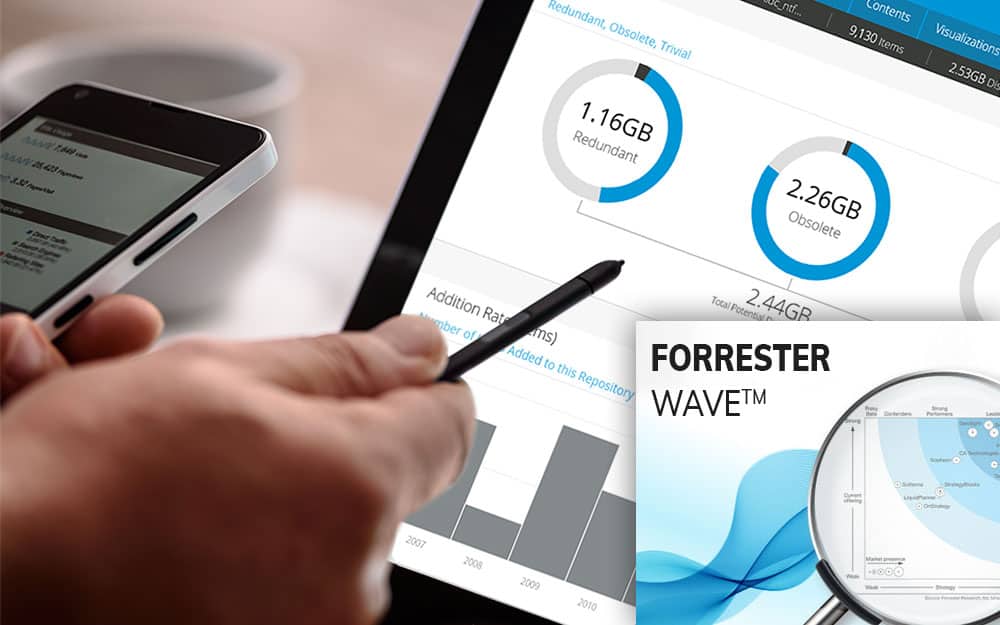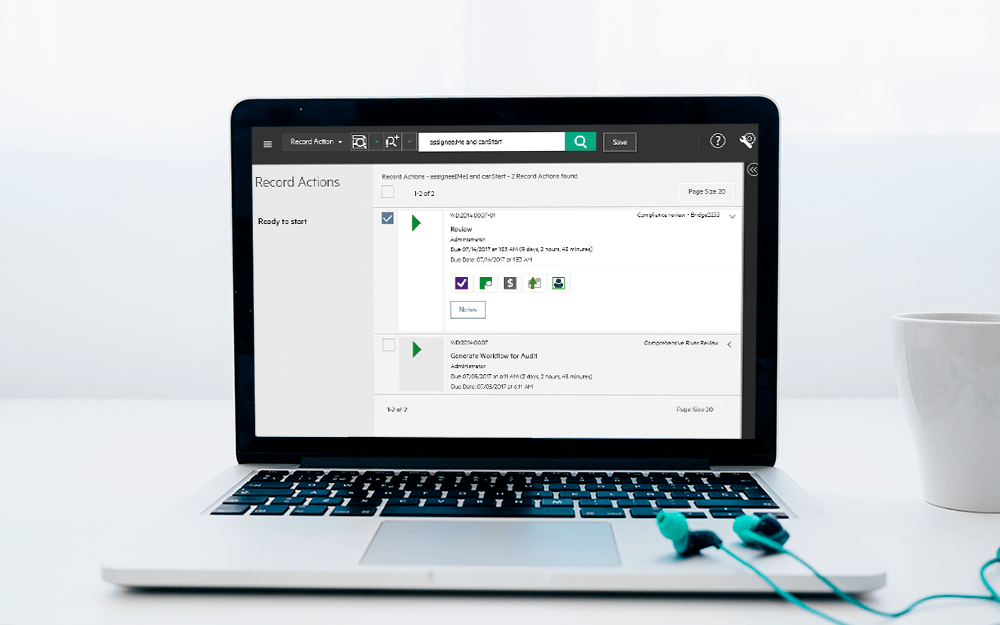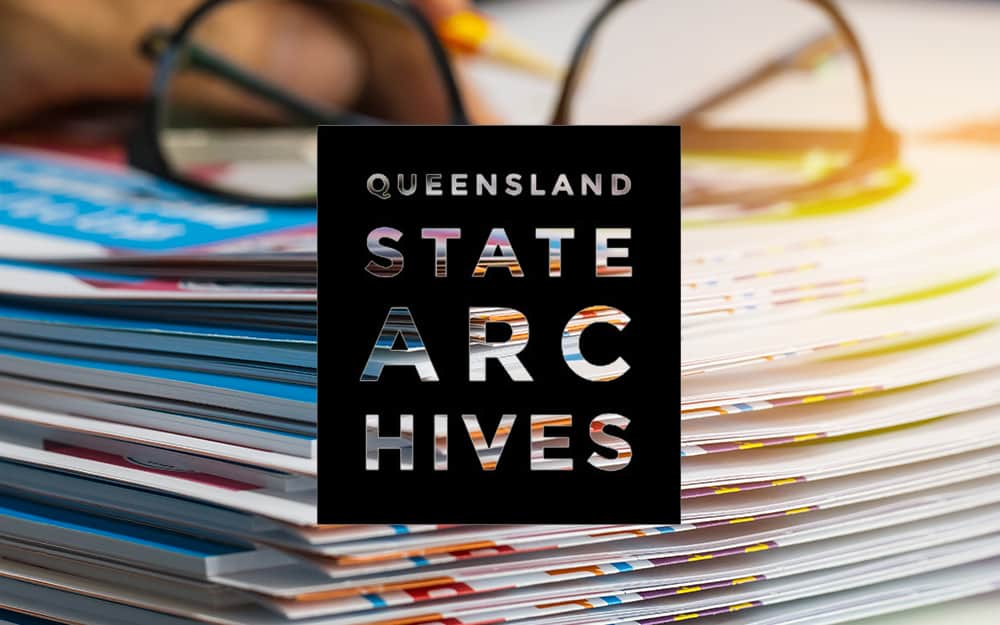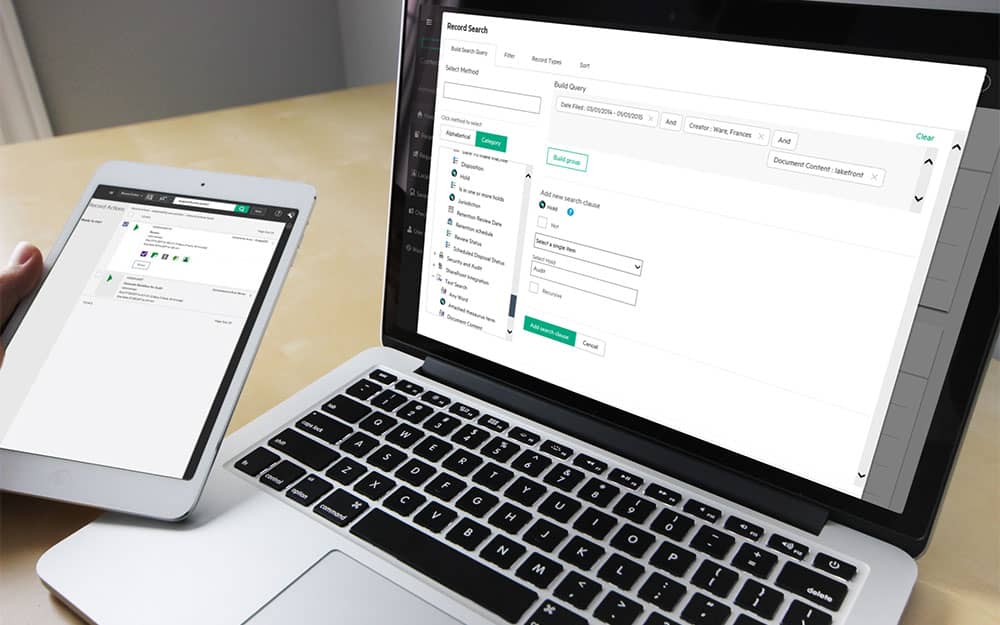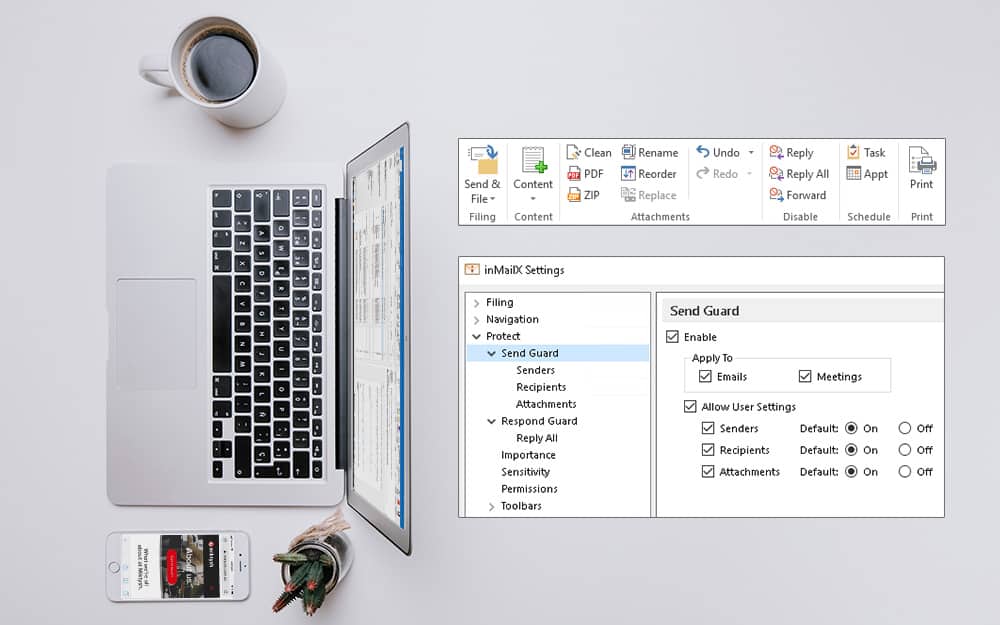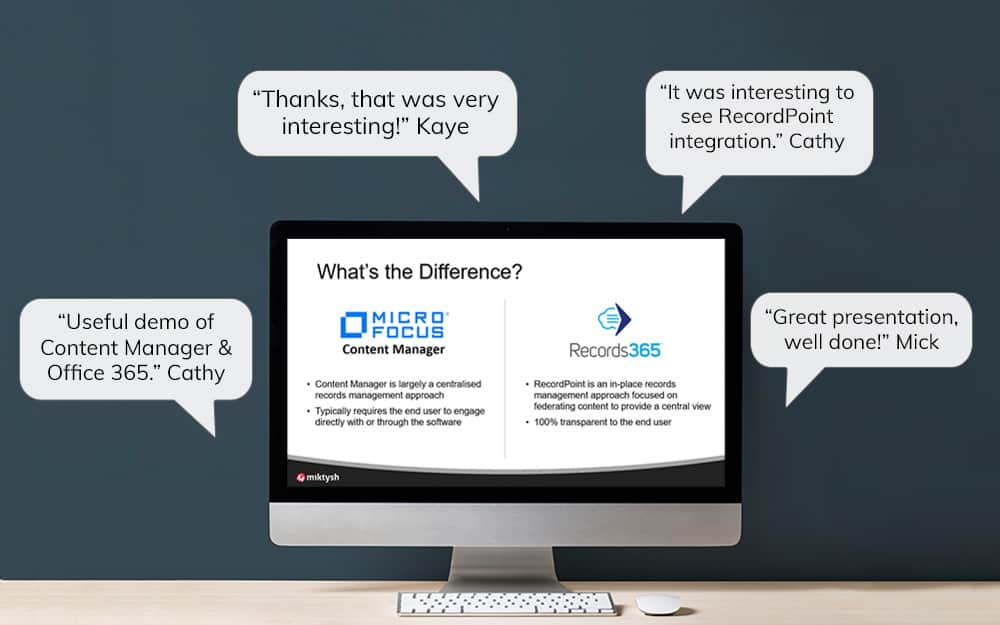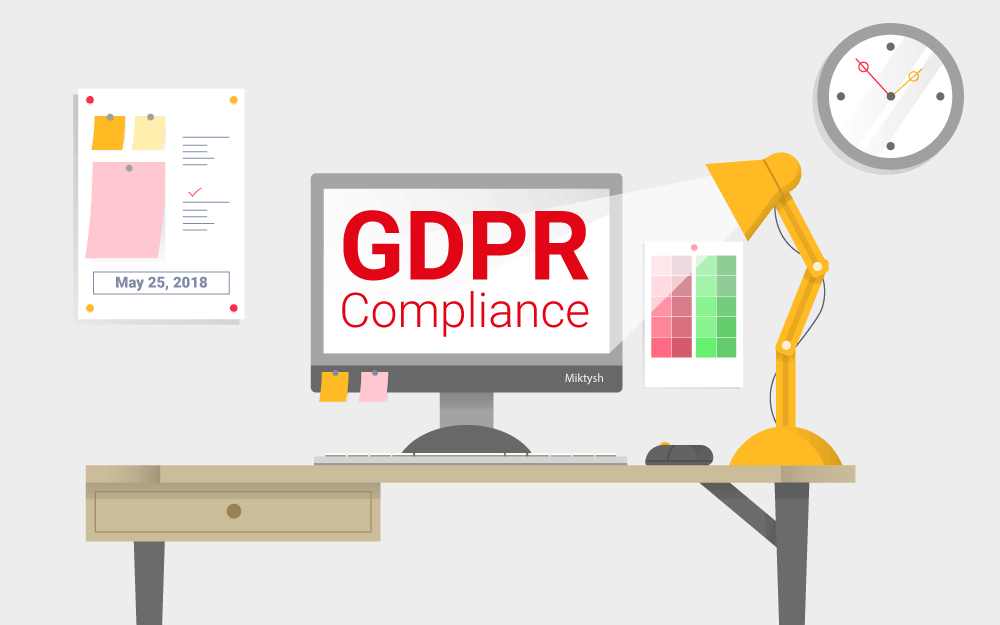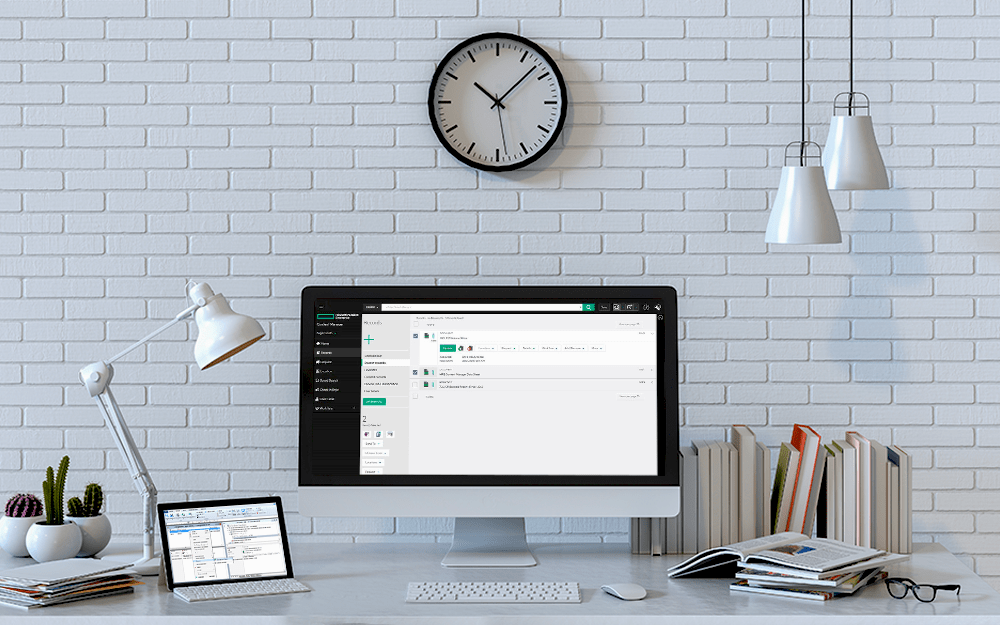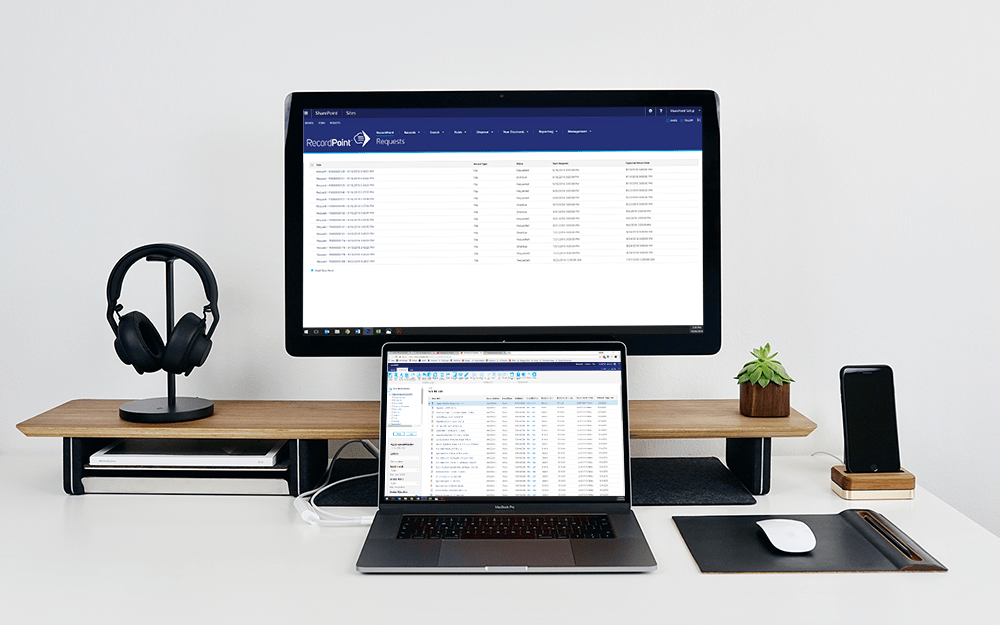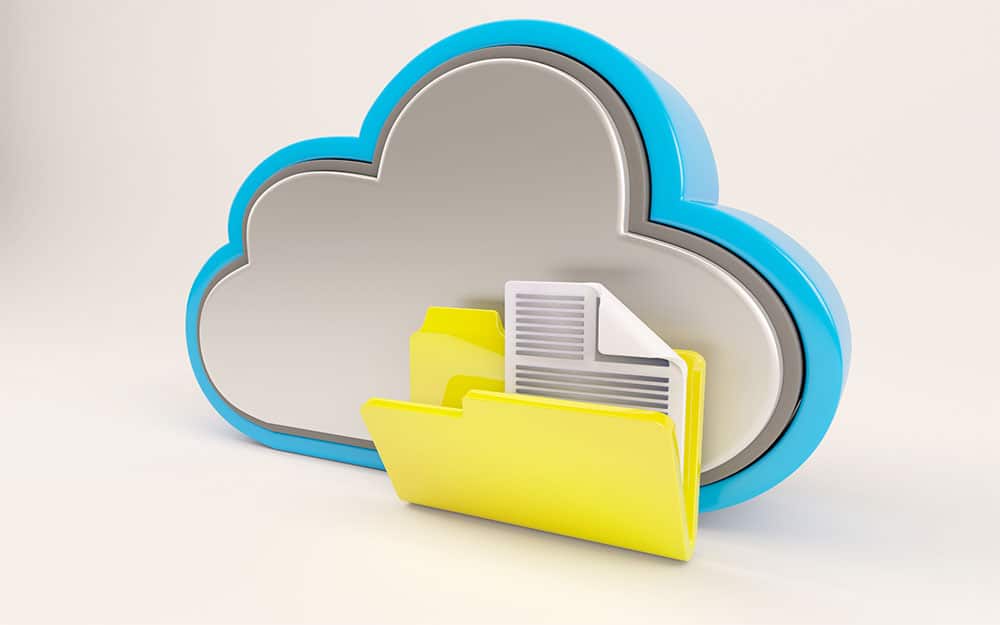Miktysh Blog.
Your go-to source for everything records management, eDRMS, Office 365, TRIM/Content Manager, RecordPoint, AvePoint, and EncompaaS related.
Categories
Topics
Re-imagining Information Architecture for the Modern Workplace
Aug 28, 2020 | Information Governance, Information Management
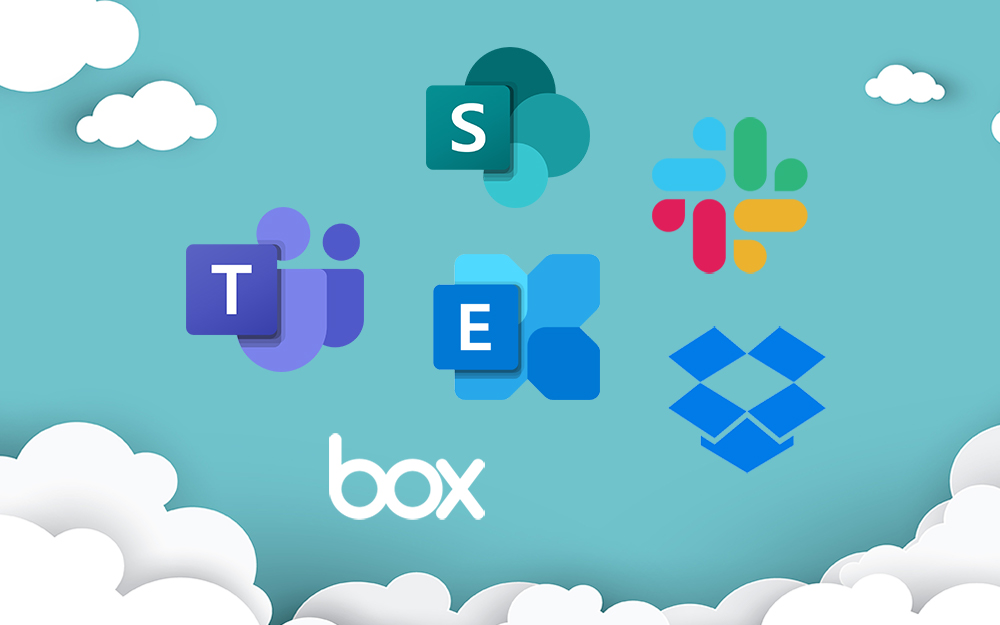
I’ve spoken with several government agencies who have recently rolled out new collaborative workspaces such as SharePoint and Box in response to COVID-19 and the newfound demand for remote working. What this illustrates is that the workplace is changing rapidly, and as such organisations need to rethink their approach to information architecture.
A new, modern information architecture will involve a collaborative workspace where users create, share, store and collaborate on documents while your eDRMS manages the retention and disposal of these documents invisibly in the background. Not only this, but you can configure your IT systems so that you can surface documents stored in your eDRMS directly within your collaborative workspace whether it be Microsoft Teams or SharePoint, so end-users never have to interact with your eDRMS.
Additionally, metadata must be used to make information more discoverable and usable, replacing the need for users to click through long folder hierarchies to locate the right information. New, emerging artificial intelligence and machine learning technologies will also have a dramatic impact on the applicability of metadata for classifying and sentencing records.
These are just some of the characteristics which make up a modern information architecture and records management solution, which we’ll dig into more deeply.
The problem with a traditional eDRMS and Information Architecture
Traditionally, your eDRMS was viewed as a single source of truth. This is the place where your end-users save documents they work on, and it’s also the place where your classification, retention and disposal are set-up.
That all sounds great in theory, but it doesn’t reflect the modern workplace where end-users are creating and collaborating on documents stored across a variety of different apps and IT systems. This reality has been a slap in the face for many organisations who were forced to quickly deploy new technologies like Slack or Microsoft Teams to deal with the necessity for remote work which was brought on by an unexpected global pandemic. As much as some people may be resistant to the idea, the workplace has changed for good and this pandemic has acted as a spotlight in highlighting this change for everyone to see.
Moreover, records and information management professionals shouldn’t be resistant to this change. The reality for many organisations who been using a traditional eDRMS and information architecture is that their end-users have not responded well to using these systems. As a result, they will find workarounds which often includes saving documents locally on network drives. This means despite the investment they have made in their eDRMS, for the majority of organisations a large percentage of their content has not been captured.
The importance of metadata for modern information architecture
Metadata is the most important component in making information more searchable and usable. It also changes the way we think about information architecture.
Most people prefer to use a traditional folder structures for storing and organising information. Although this structure is logical it does come with limitations. For example, when you start creating folder structures where you have to click through five or more folders just to locate the document you are looking for, you are not maximising your productivity.
What metadata allows us to do is create an information architecture that doesn’t rely on folder structures. Instead users can easily search, sort, group and filter content according to multiple criteria in order to find the information they are looking for.
For example, if you are using SharePoint and you have your metadata applied and set up correctly you can take advantage of SharePoint’s enterprise search to easily locate information without have to click through a myriad of folders. You can also use SharePoint views and filters to display the information you are looking for in a way that is meaningful to you.
Moreover, when integrating SharePoint with a traditional eDRMS such as Content Manager you have the ability to surface documents in SharePoint that are stored in Content Manager. This is one of the characteristics I described earlier which can form part of a modern information architecture and records solution.
How artificial intelligence and machine learning will influence metadata
New artificial intelligence and machine learning technologies which provide accurate, automated classification of records will completely change the way we approach information architecture and how we use metadata. In fact, this technology makes the use of metadata for classifying records redundant. This is because AI and machine learning can tear apart a document to analyse its content and understand what it actually is.
For example, if you input a number of different invoices it will analyse the parameters of each document and learn from previous documents which match the same parameters and based on these analyses, recommend a sentencing for the document. In other words, you don’t need to apply specific metadata to apply a retention and disposal schedule to a document.
Not only this, but because machine learning technology has the intelligence to interpret the content inside a document it does not need to rely on file names which may be inaccurate or misleading. For example, you may have a document labelled “minutes for board meeting”, but the content inside of the document is actually a meeting agenda. Machine learning can analyse the content to determine that it’s an agenda, thus ignoring the incorrect file name and sentencing the document correctly. This is particularly useful if you use templates in your organisation, as end-users can often forget to rename a template.
However, this doesn’t mean metadata isn’t still an integral component of a modern information architecture. As I mentioned earlier it is still necessary for making information more searchable and usable. For example, when using SharePoint, you can use metadata to group together related documents such as meeting agendas and minutes. You can then use SharePoint views and filtering to find these documents or alternatively, run an enterprise search using relevant keywords.
What does this mean for you?
In all crises there is opportunity, and the COVID-19 pandemic has opened many people’s eyes to re-imagining how they architect their organisational information. Ask yourself truthfully, in a time where remote work is common place and users are collaborating across a variety of different platforms, is your information architecture making it easy for users to find and use information, while also ensuring that your records are being captured and sentenced?
We provide information architecture and records management solutions designed for the modern workplace. If you want to learn more about this or have any questions about the content in this article, reach out to one of our consultants.

Michael Schloman
Executive Director
As co-founder and Executive Director at Miktysh, Michael oversees the organisation’s strategic direction. Michael is entrepreneurial by nature and has a proven track record of driving business growth. His passion for delivering results through relationships, collaboration and exceptional customer service is evident through the numerous accolades won by Miktysh. His education and years’ of experience have equipped Michael with a deep understanding of the IT & records and information management sectors, and what it takes to run a successful technology firm in Australia.
Categories
Topics
Follow us on social
Popular content.

Analytics Driven Information Governance
14.07.2021
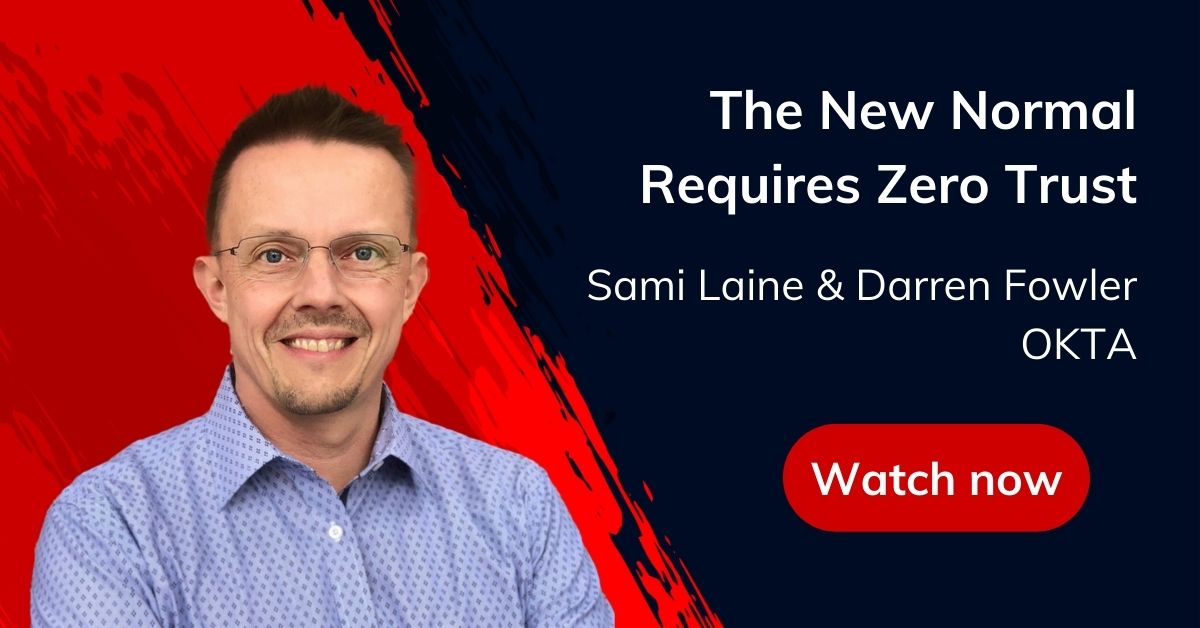
The New Normal Requires Zero Trust
27.06.2021
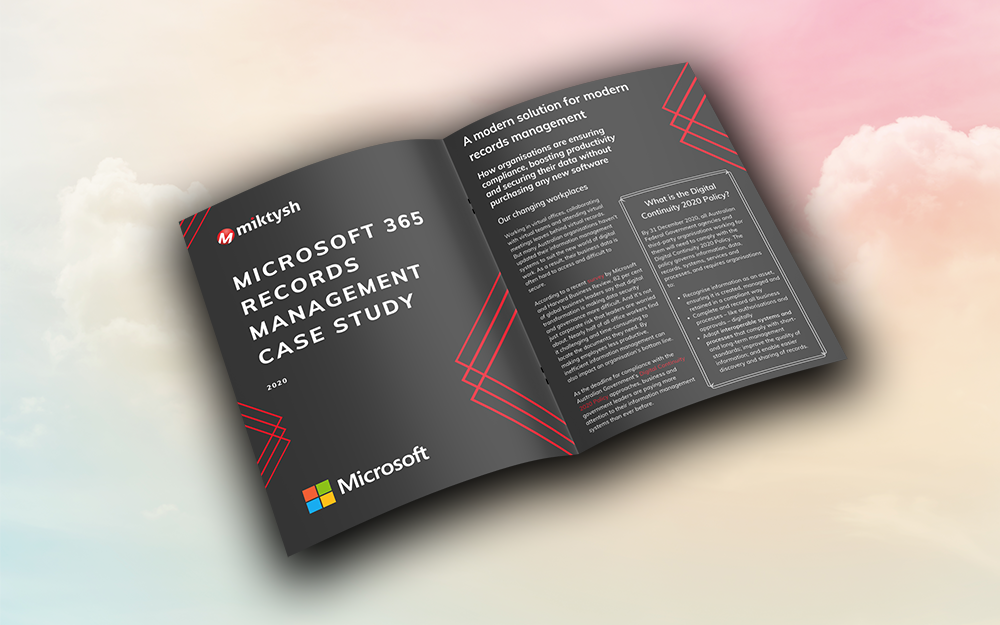
Microsoft 365 Records Management Whitepaper
06.11.2020

Micro Focus Launches Content Manager Select
28.05.2020
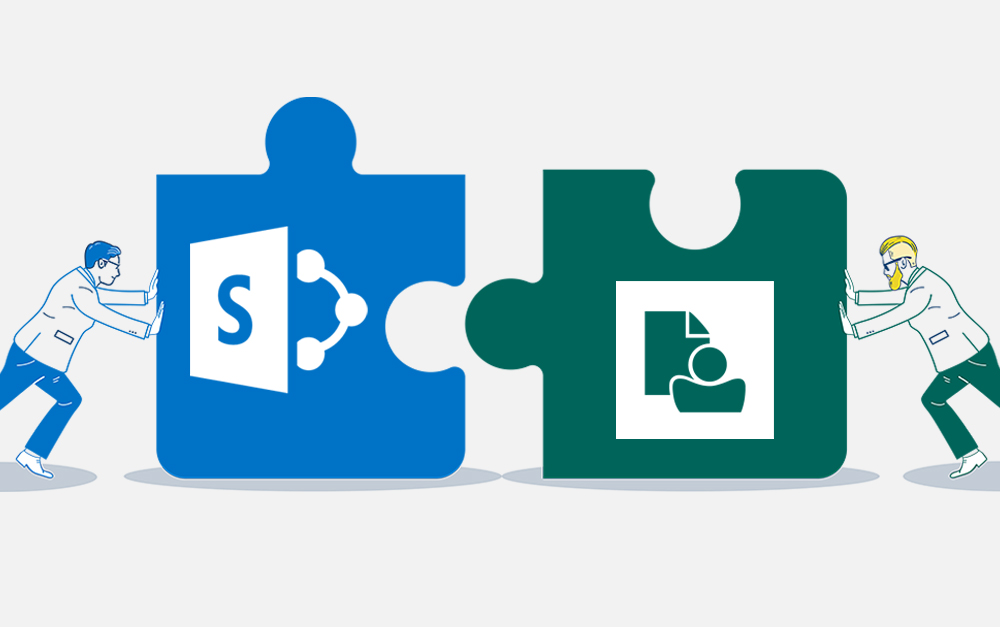
Content Manager SharePoint Integration Demo
20.05.2020
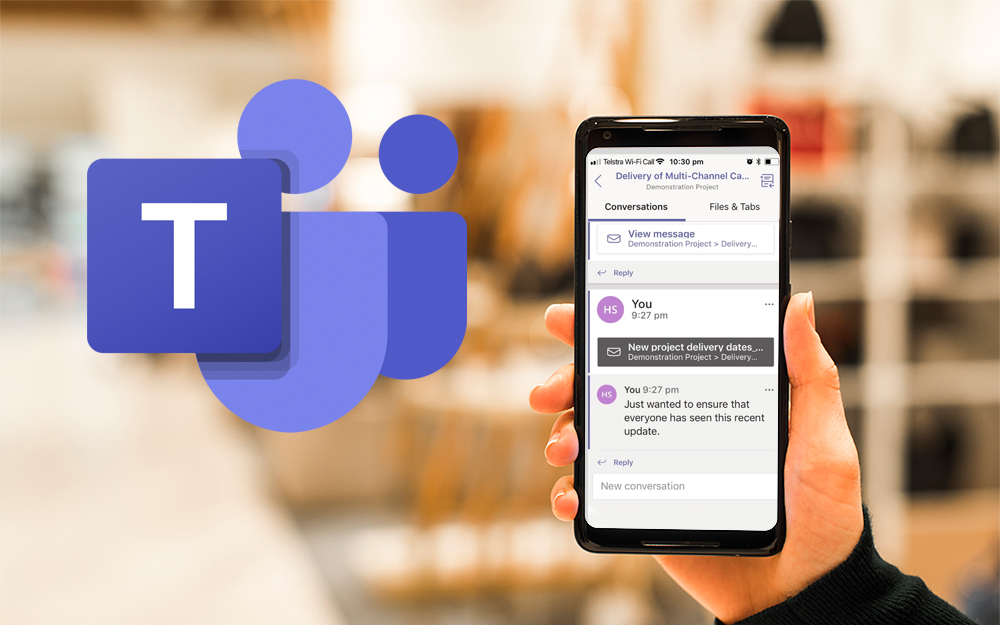
Top 7 Hidden Features in Microsoft Teams
11.02.2020
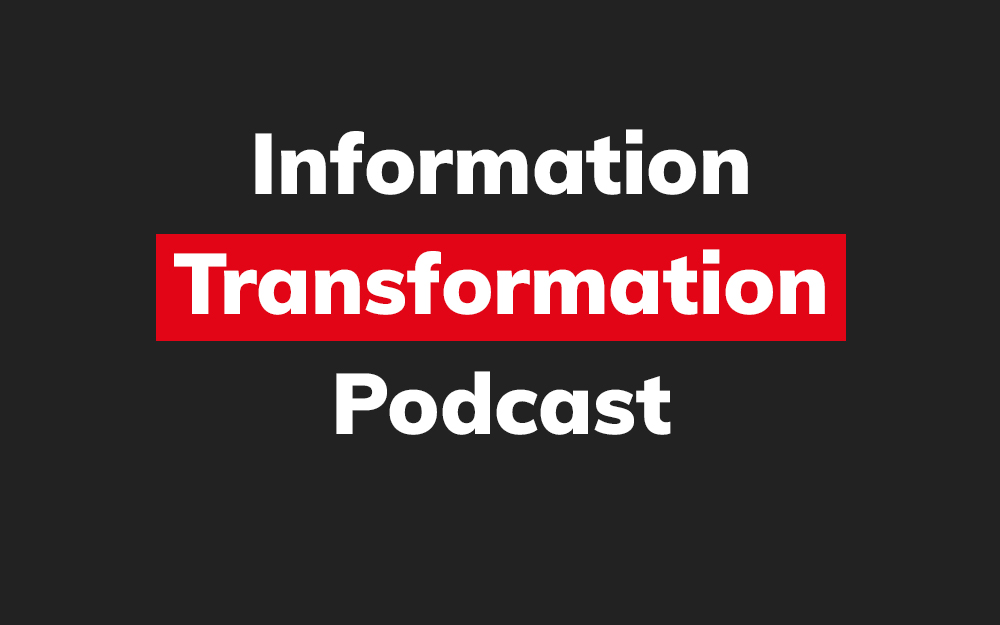
Integrate Content Manager with SharePoint
15.01.2020

Information Management Strategy Example
06.12.2019

How to Approach a Digital Transformation
13.11.2019
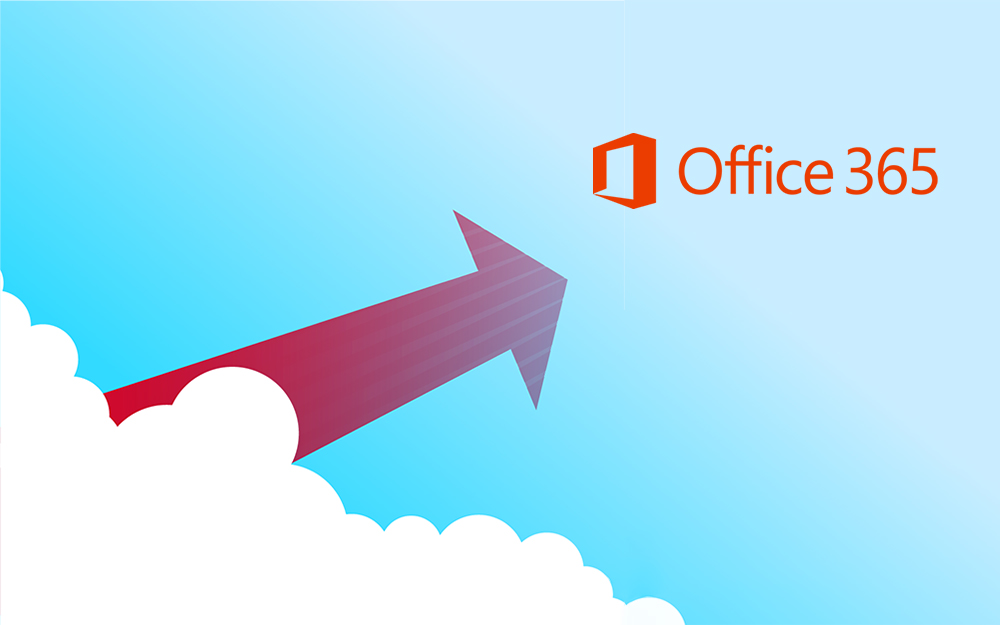
Top 5 Benefits of Migrating to Office 365
10.10.2019
Content Manager 9.4 Web Client
19.09.2019
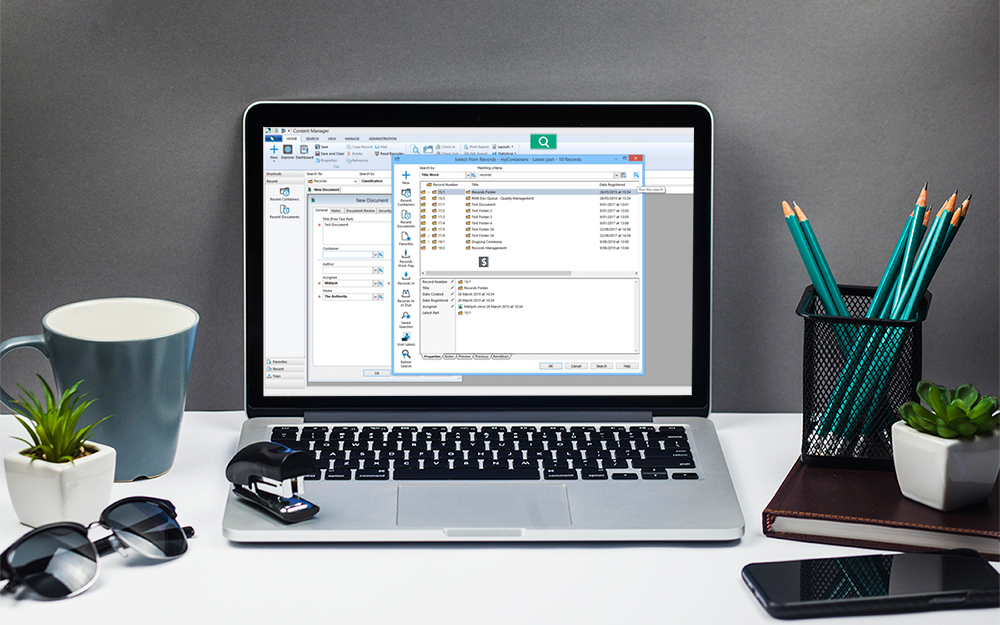
Content Manager 9.4 Sneak Peek – Video Demo
02.09.2019

What Version of SharePoint is on Office 365?
27.06.2019
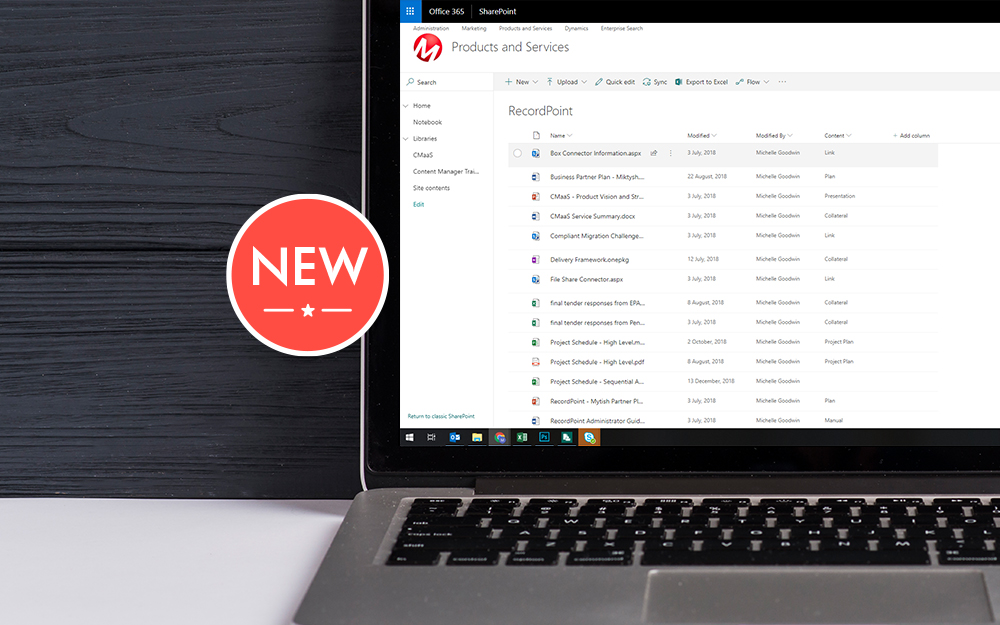
New SharePoint 2019 Features
08.03.2019

Data Migration Validation Best Practices
08.02.2019

Cloud Governance – RIMPA Queensland Event
27.09.2018
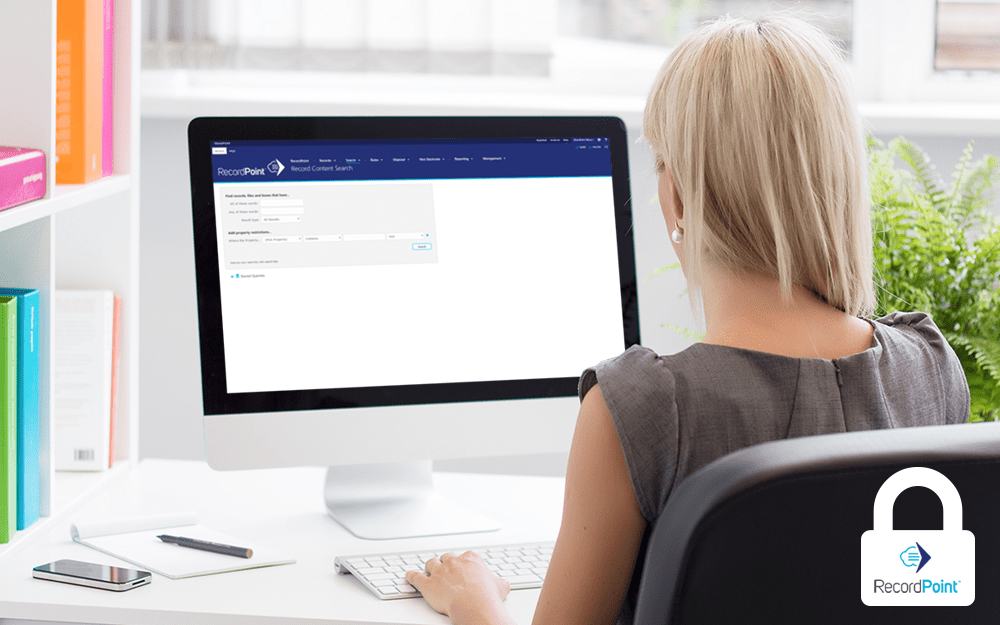
RecordPoint Records365 Demo
09.05.2018

How RecordPoint Enhances Office 365
09.05.2018

6 GDPR Tools to Assist with GDPR Compliance
17.04.2018

Analytics Driven Information Governance
14.07.2021

The New Normal Requires Zero Trust
27.06.2021

Microsoft 365 Records Management Whitepaper
06.11.2020

Micro Focus Launches Content Manager Select
28.05.2020

Content Manager SharePoint Integration Demo
20.05.2020

Top 7 Hidden Features in Microsoft Teams
11.02.2020

Integrate Content Manager with SharePoint
15.01.2020

Information Management Strategy Example
06.12.2019

How to Approach a Digital Transformation
13.11.2019

Top 5 Benefits of Migrating to Office 365
10.10.2019
Content Manager 9.4 Web Client
19.09.2019

Content Manager 9.4 Sneak Peek – Video Demo
02.09.2019

What Version of SharePoint is on Office 365?
27.06.2019

New SharePoint 2019 Features
08.03.2019

Data Migration Validation Best Practices
08.02.2019

Cloud Governance – RIMPA Queensland Event
27.09.2018

RecordPoint Records365 Demo
09.05.2018

How RecordPoint Enhances Office 365
09.05.2018

6 GDPR Tools to Assist with GDPR Compliance
17.04.2018
